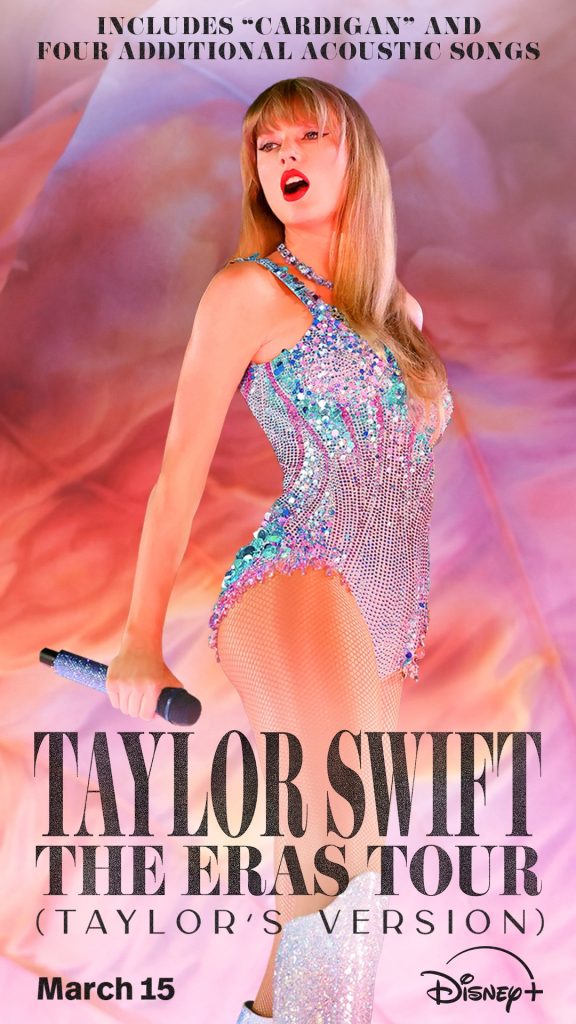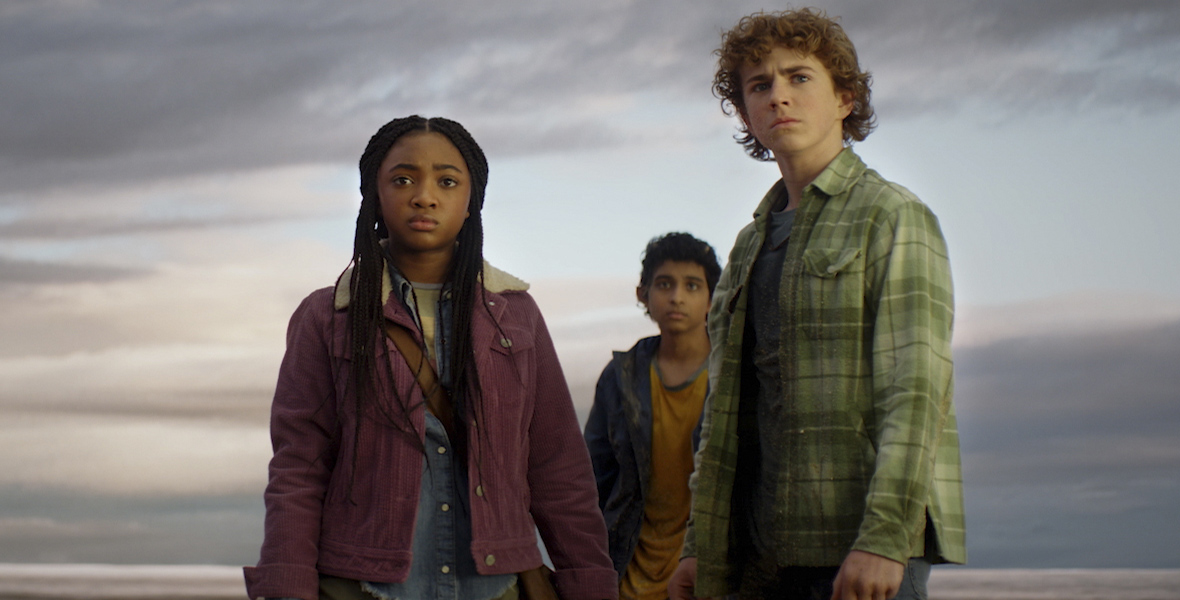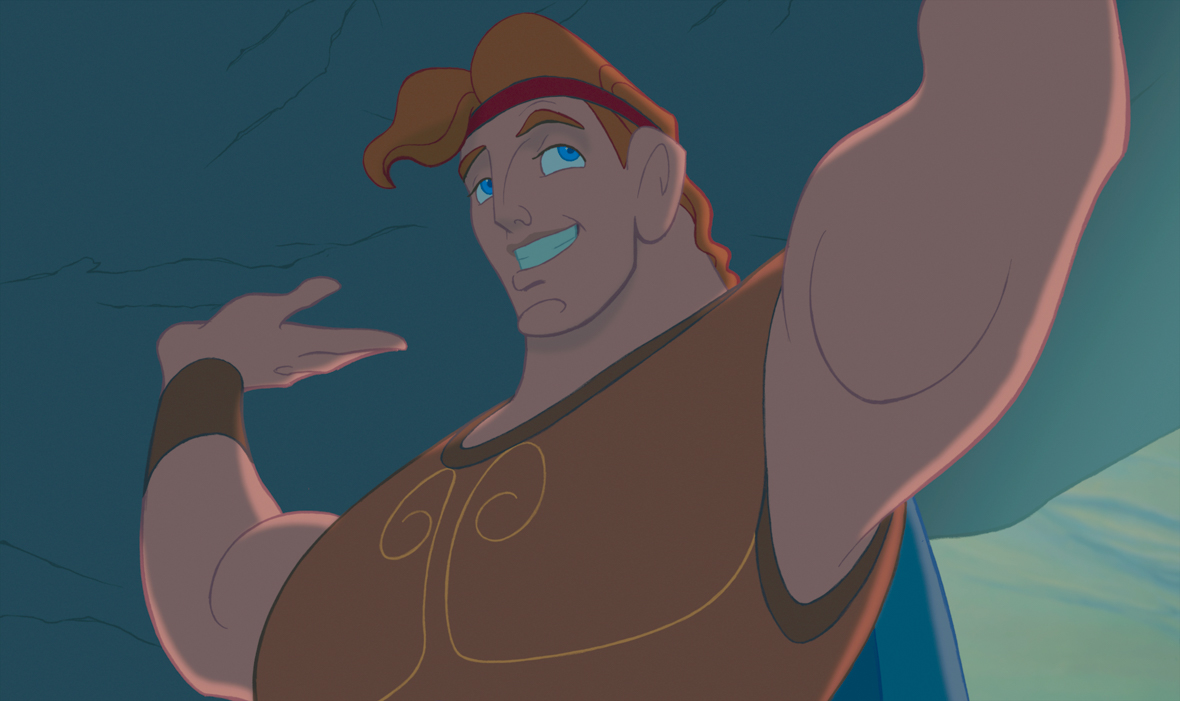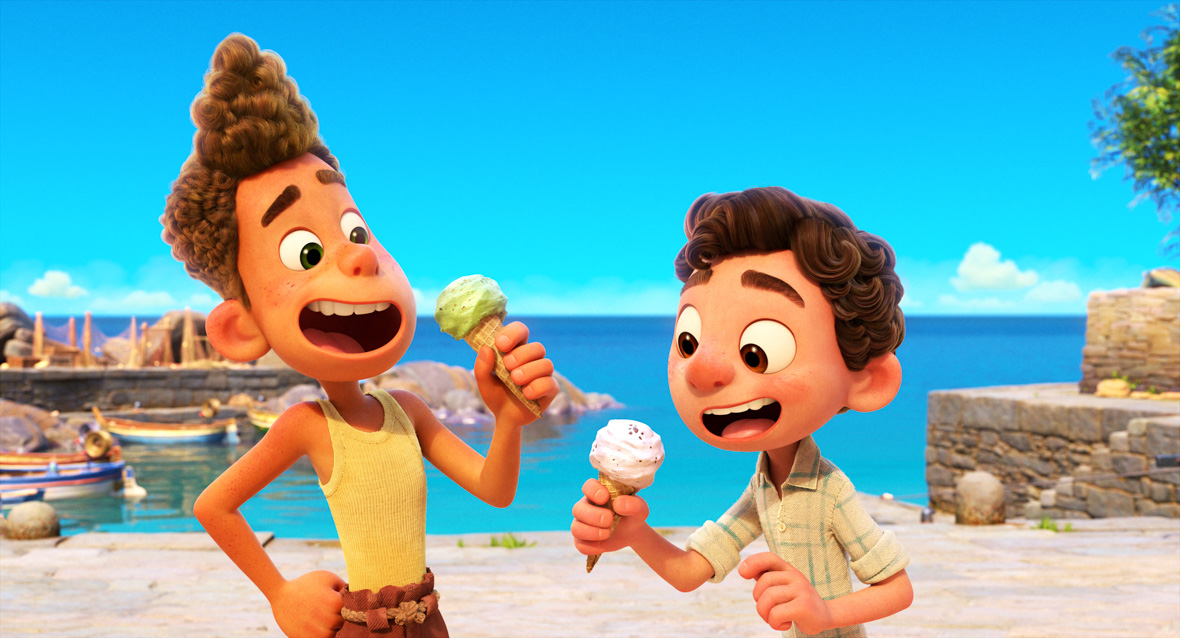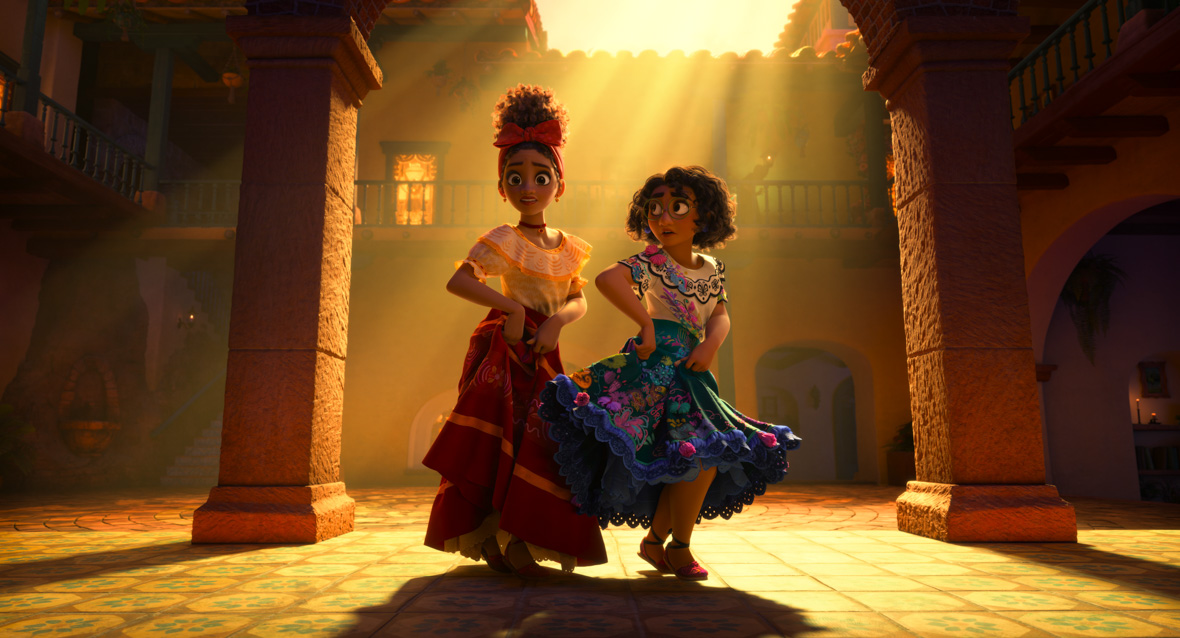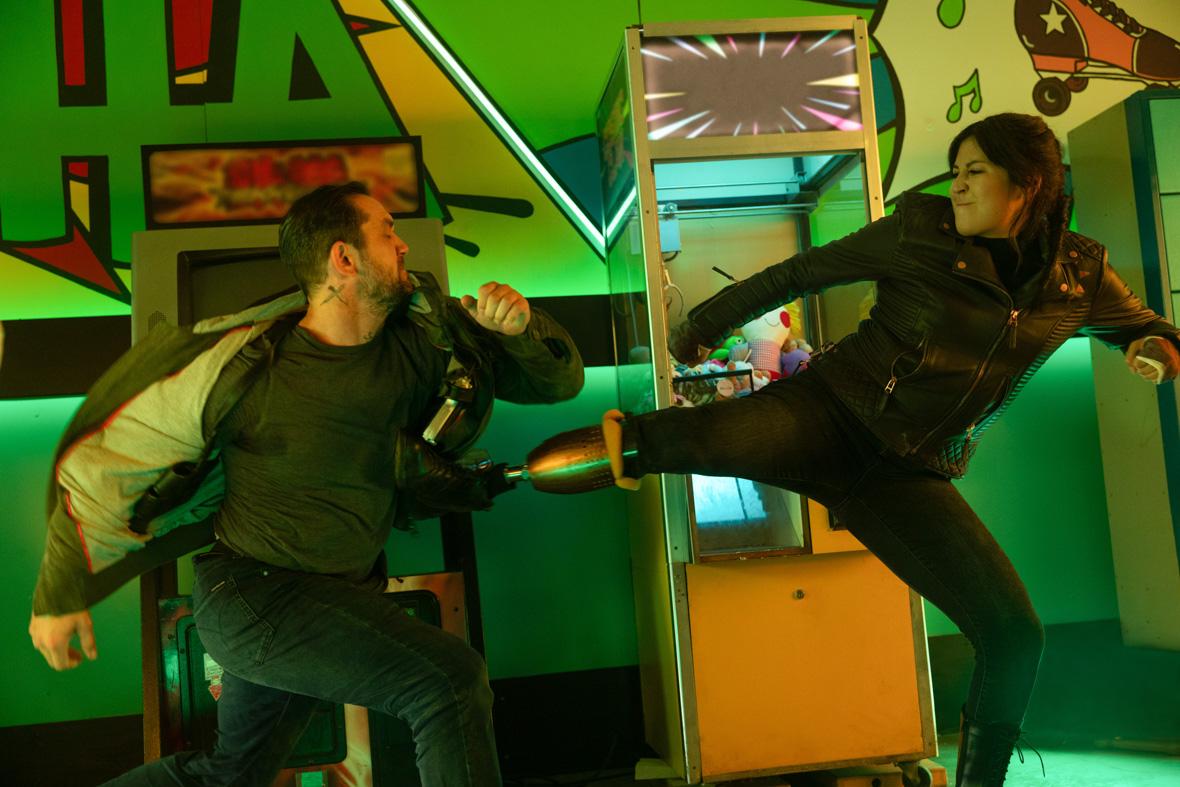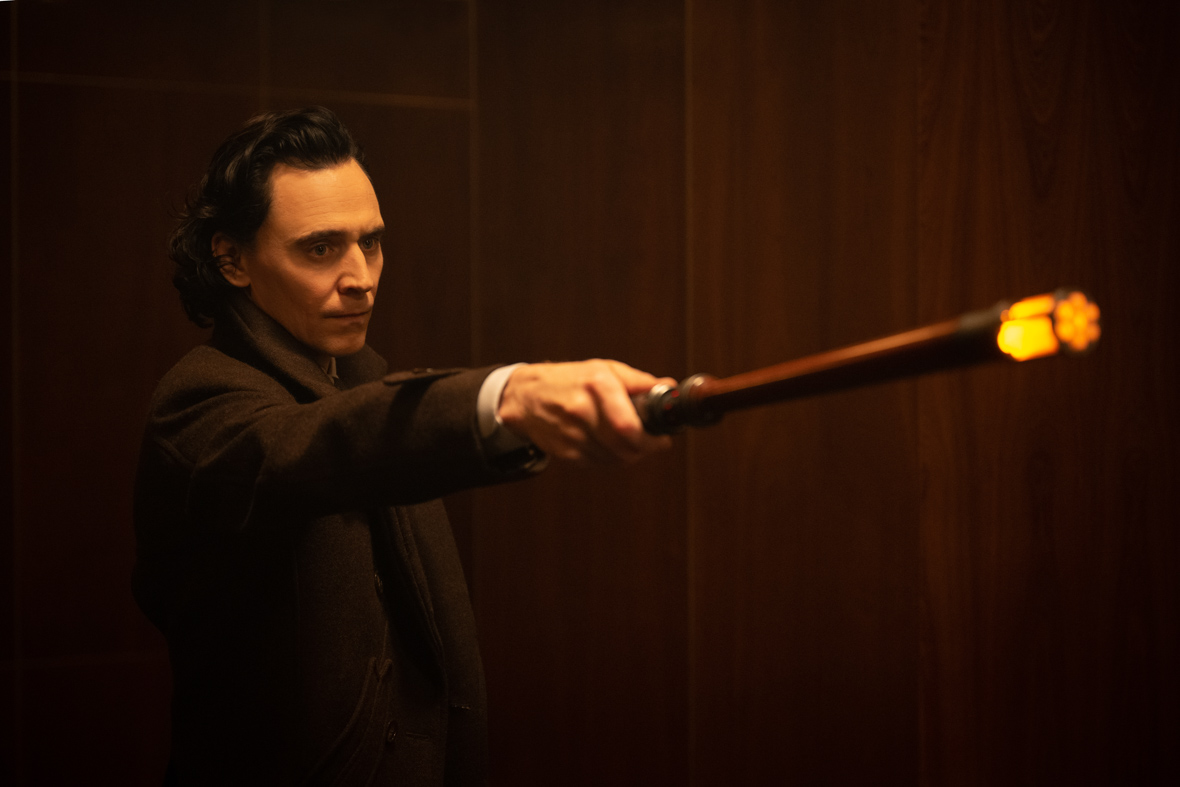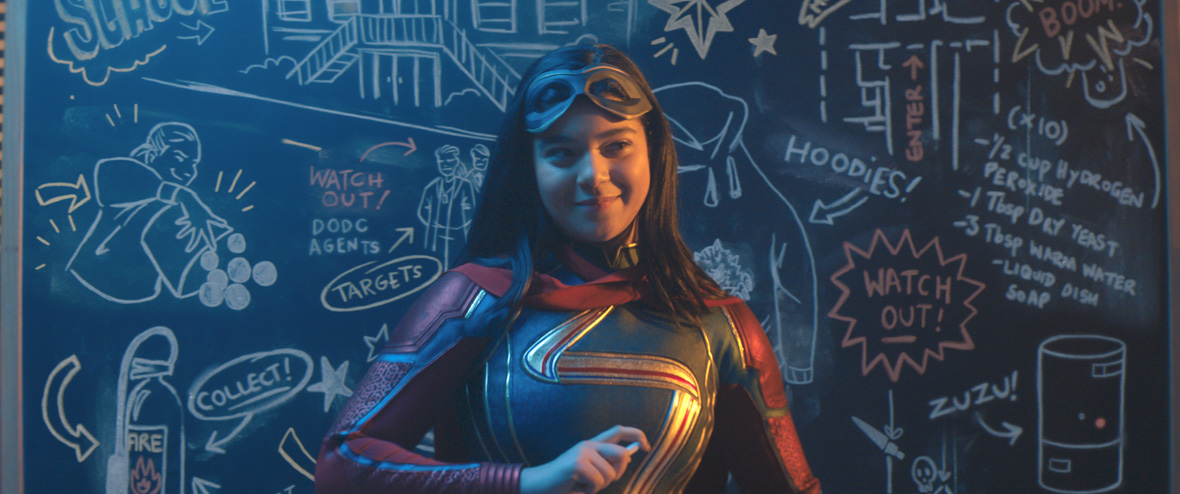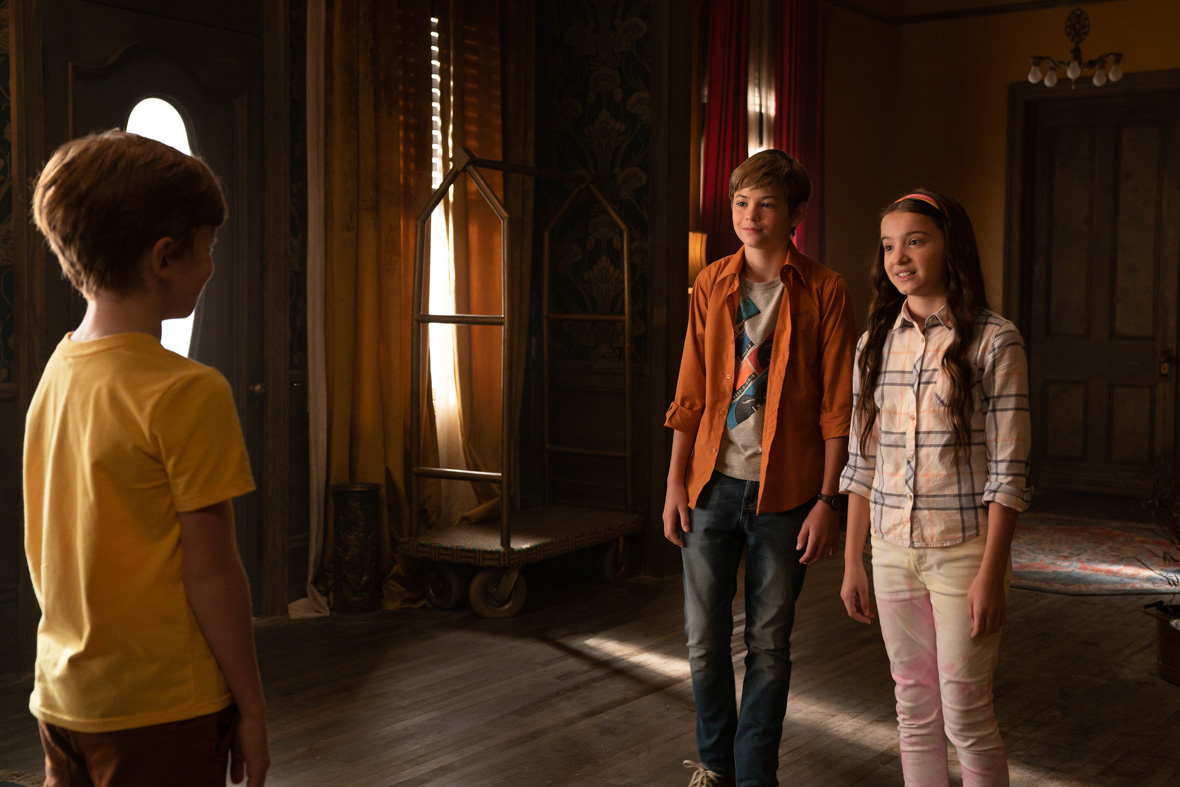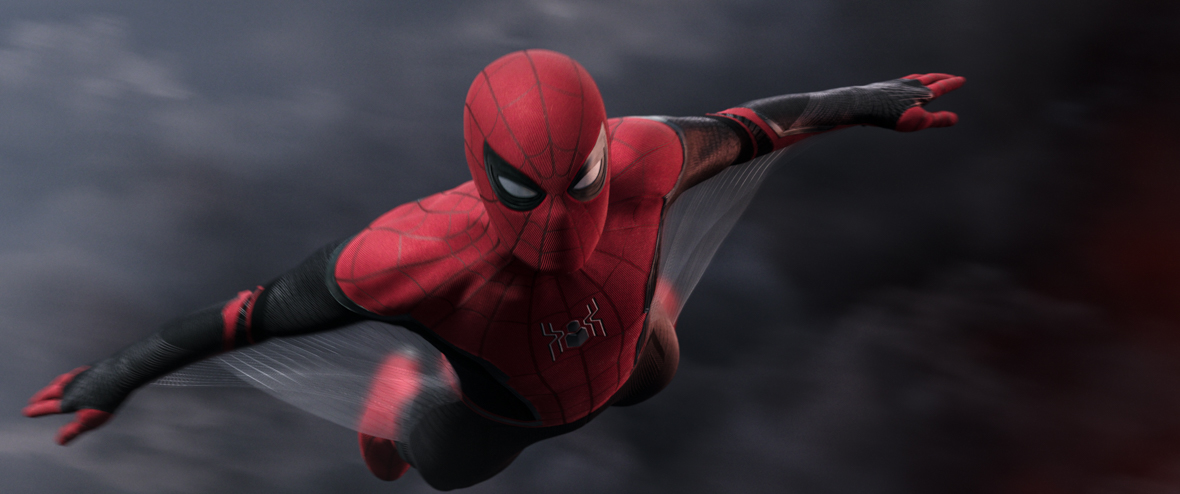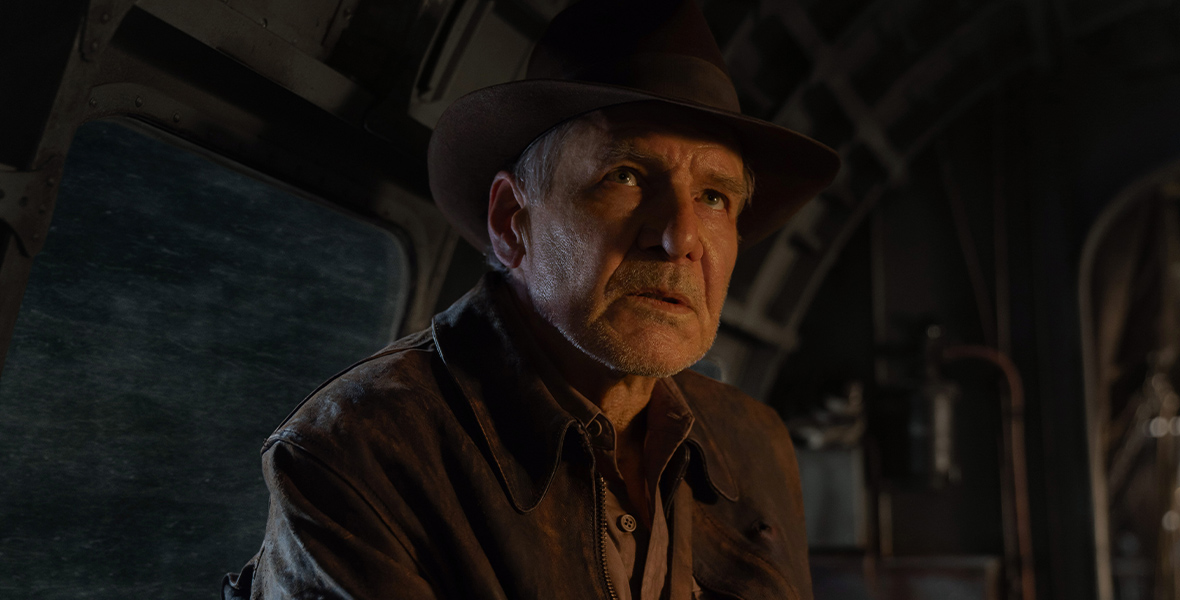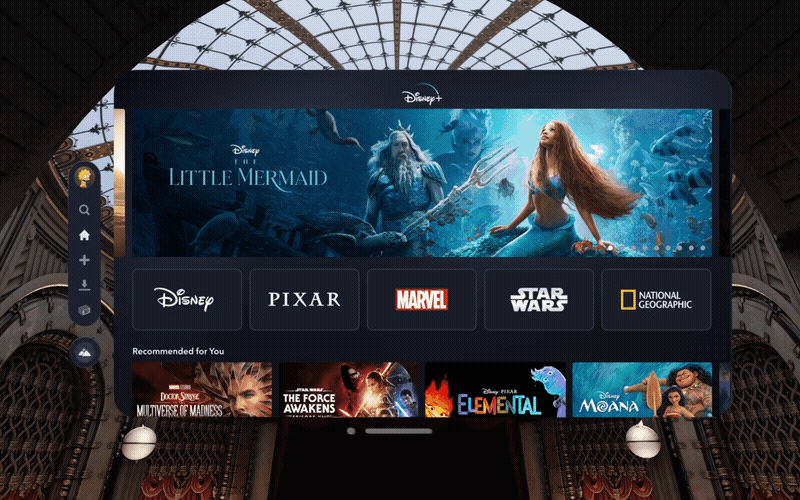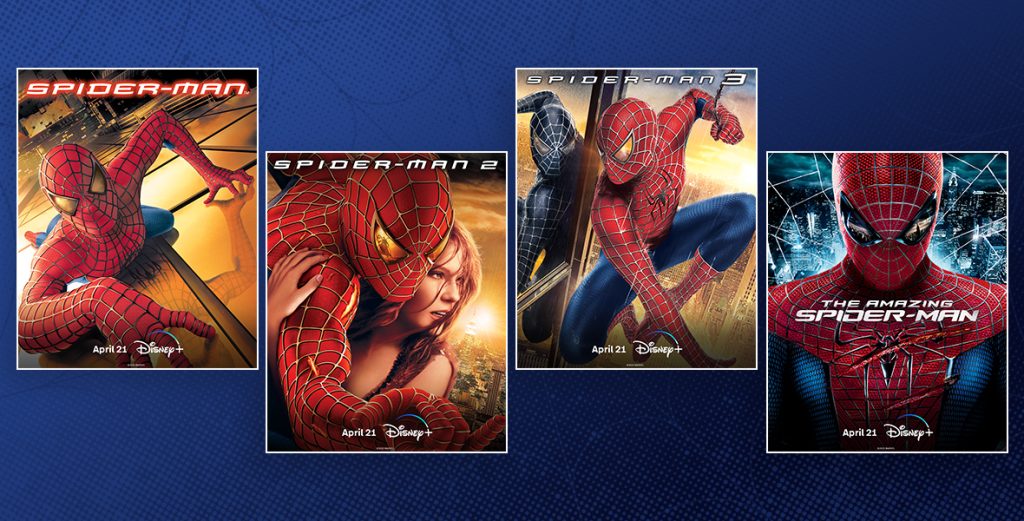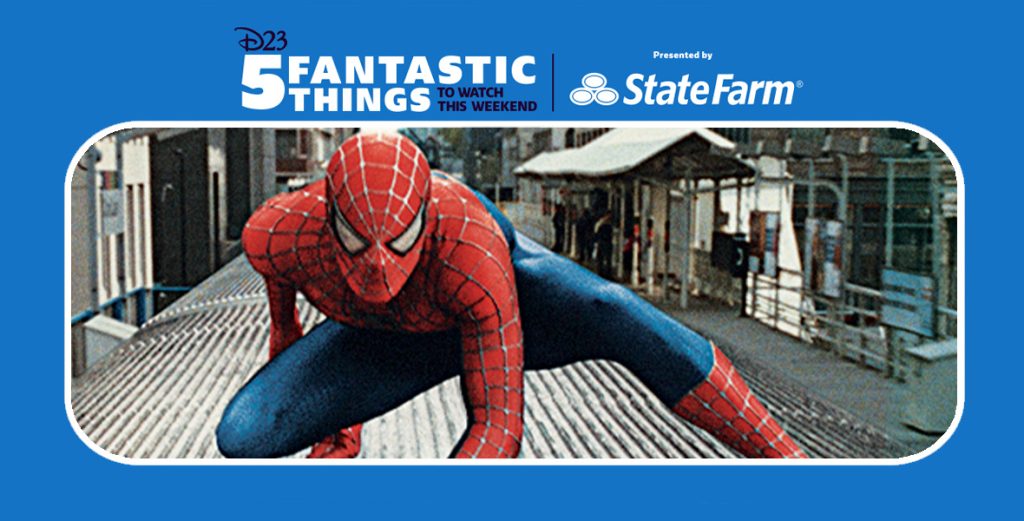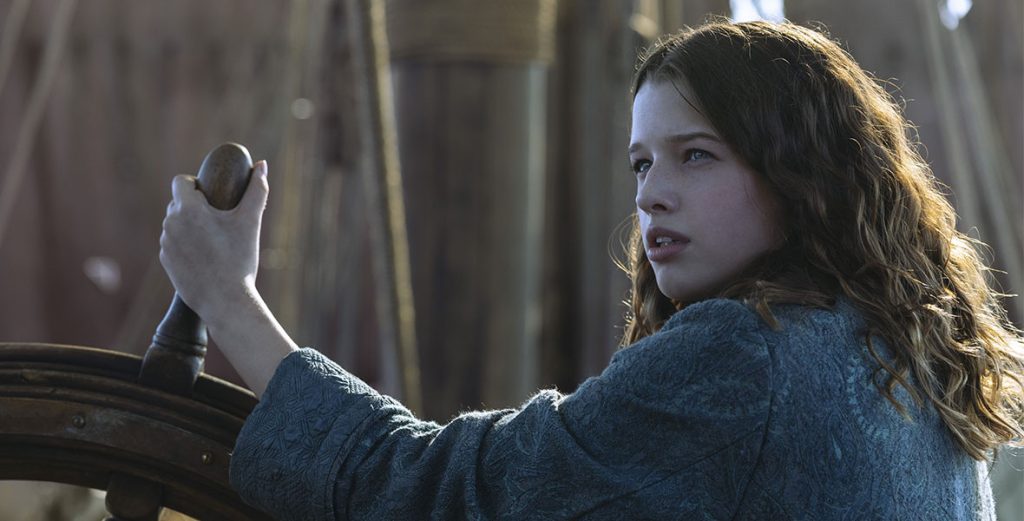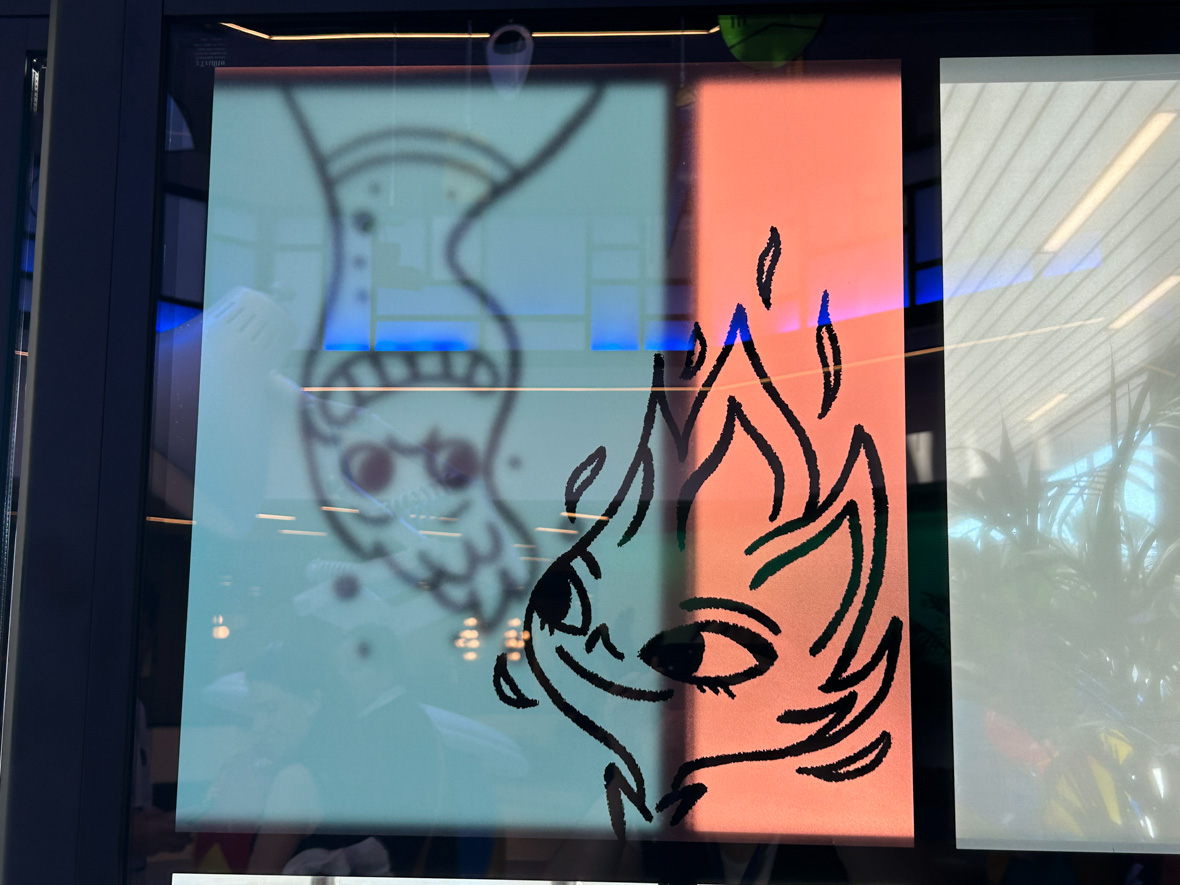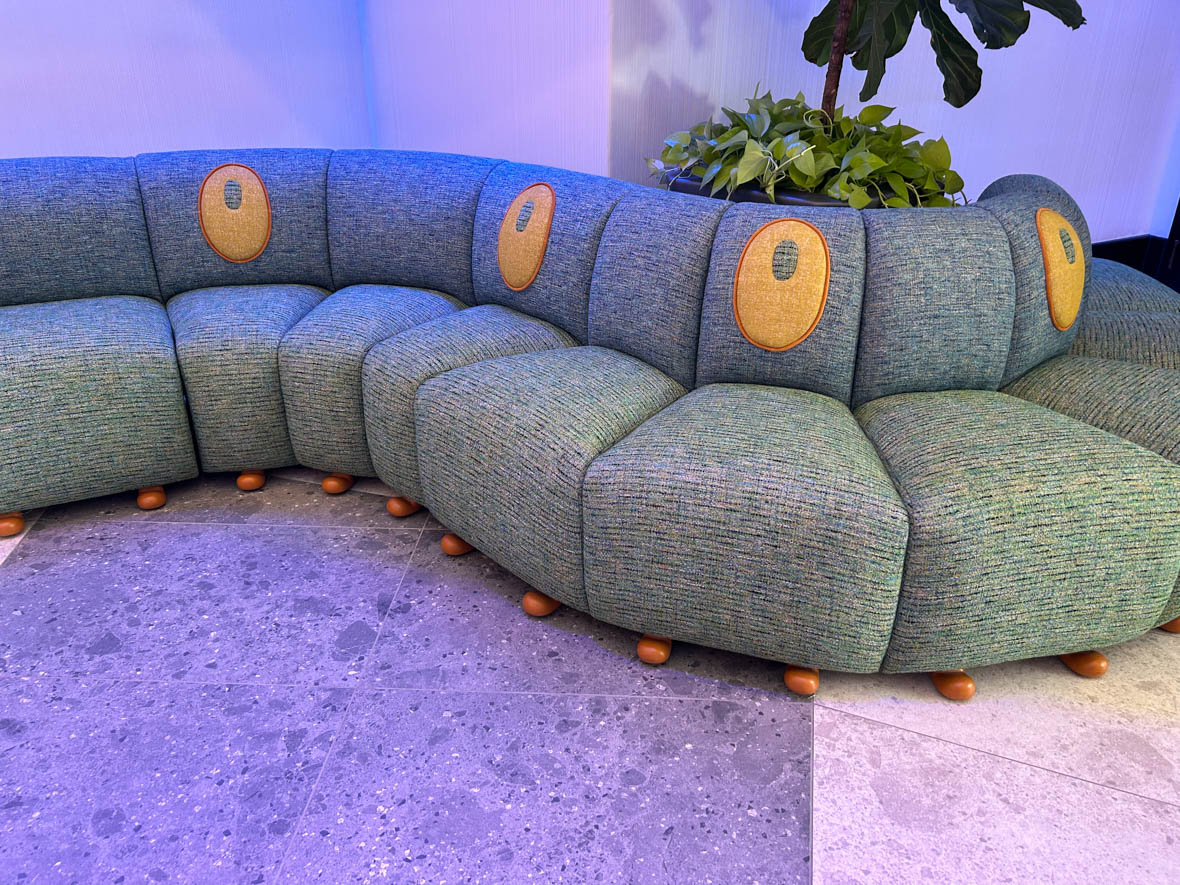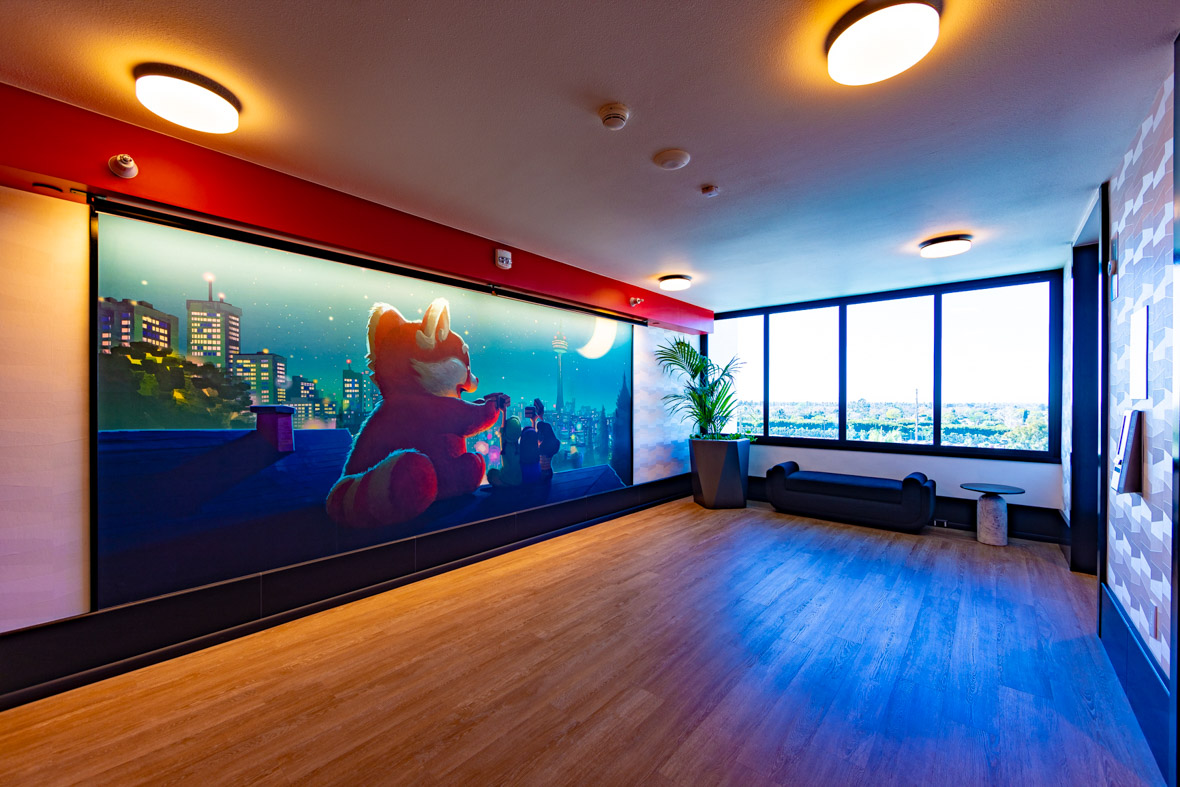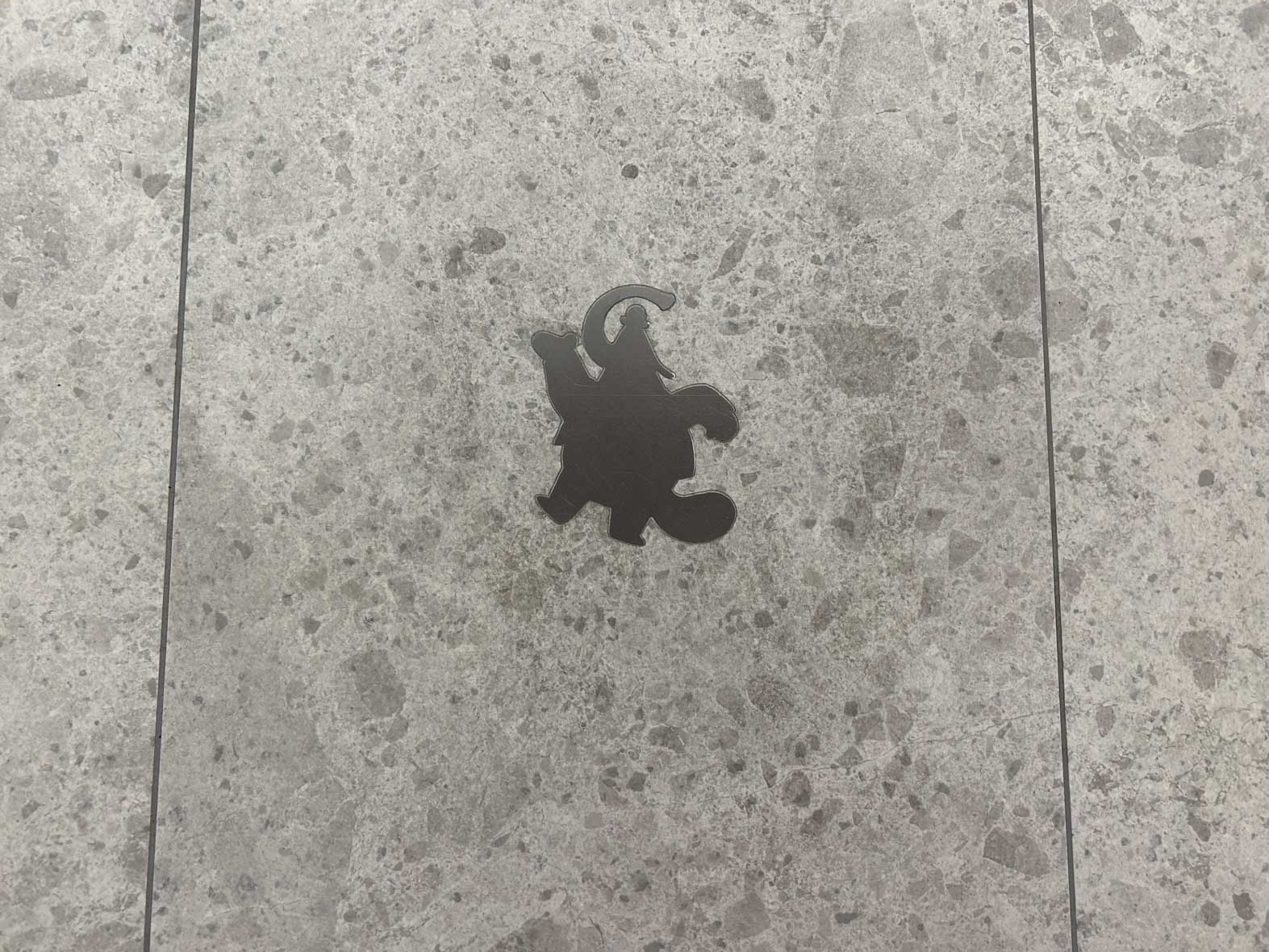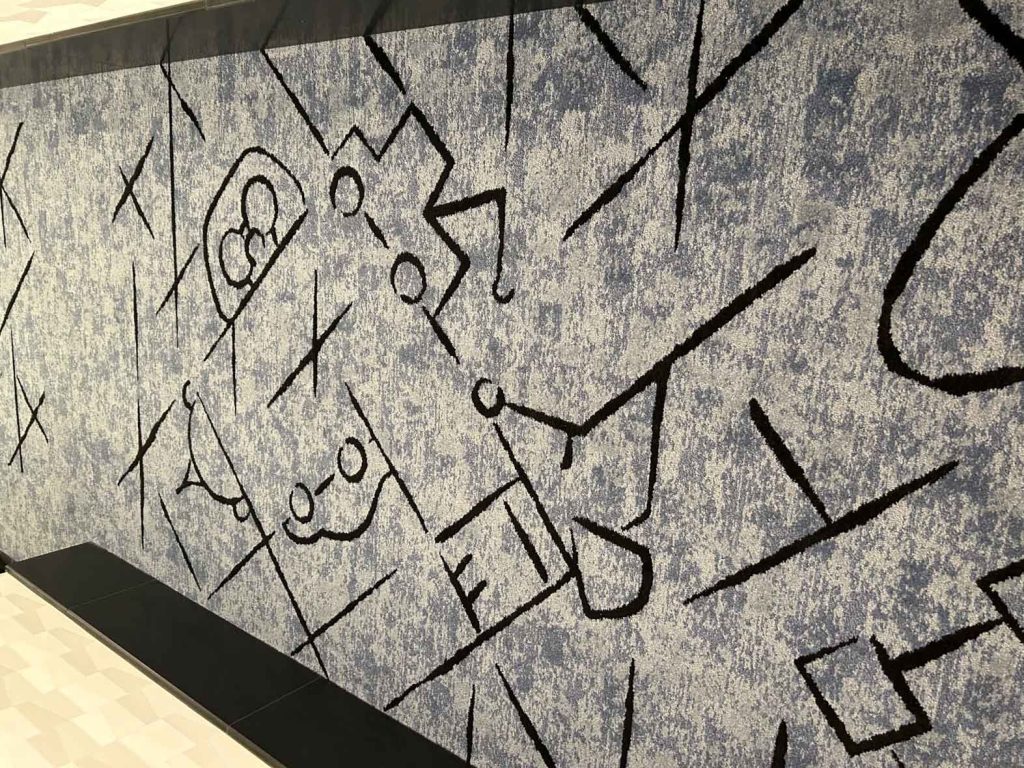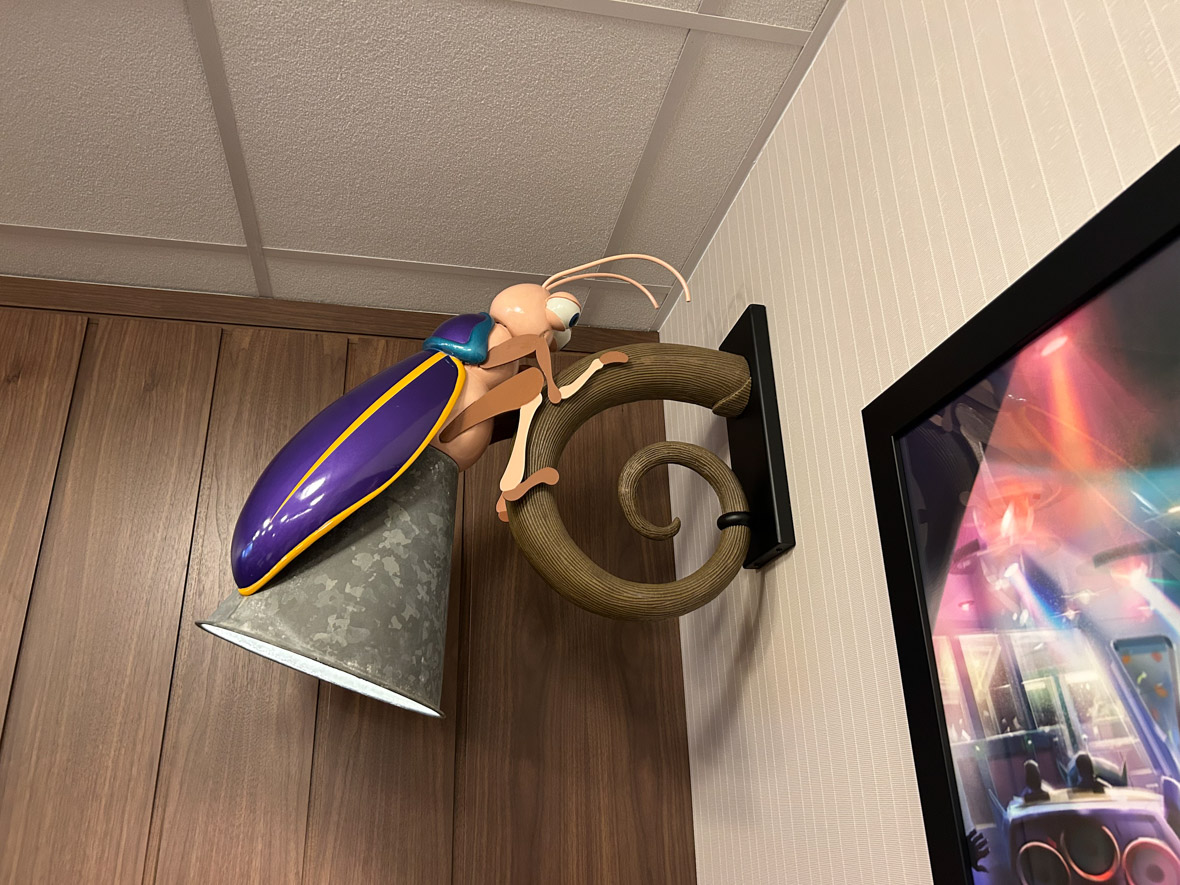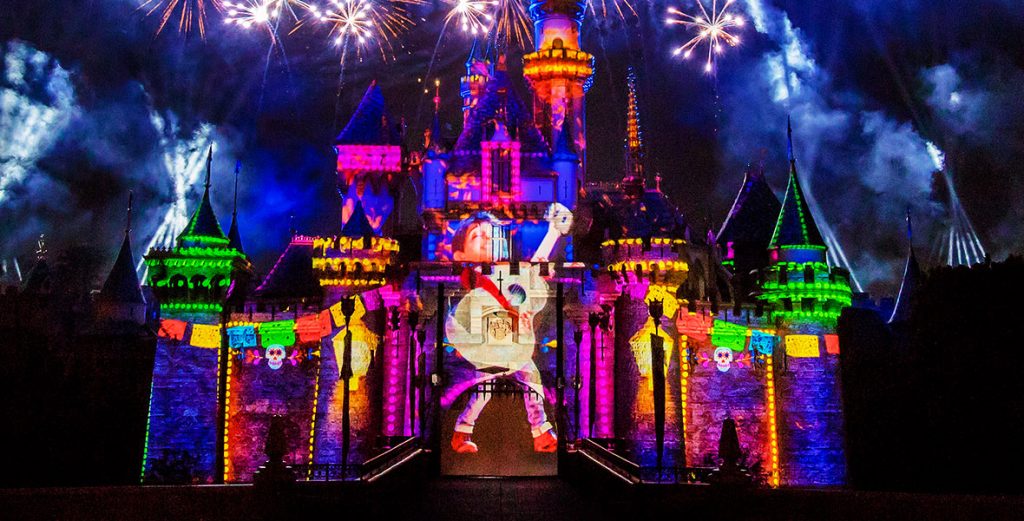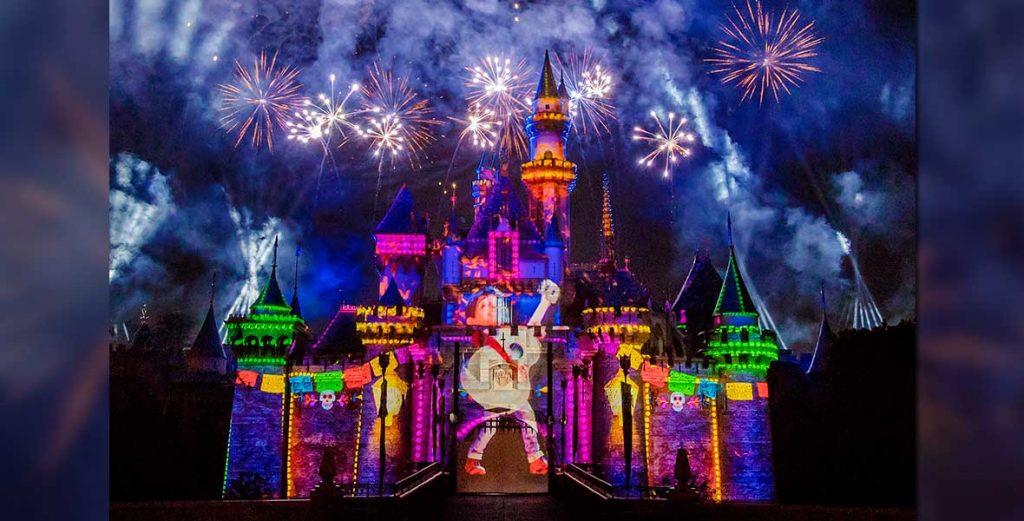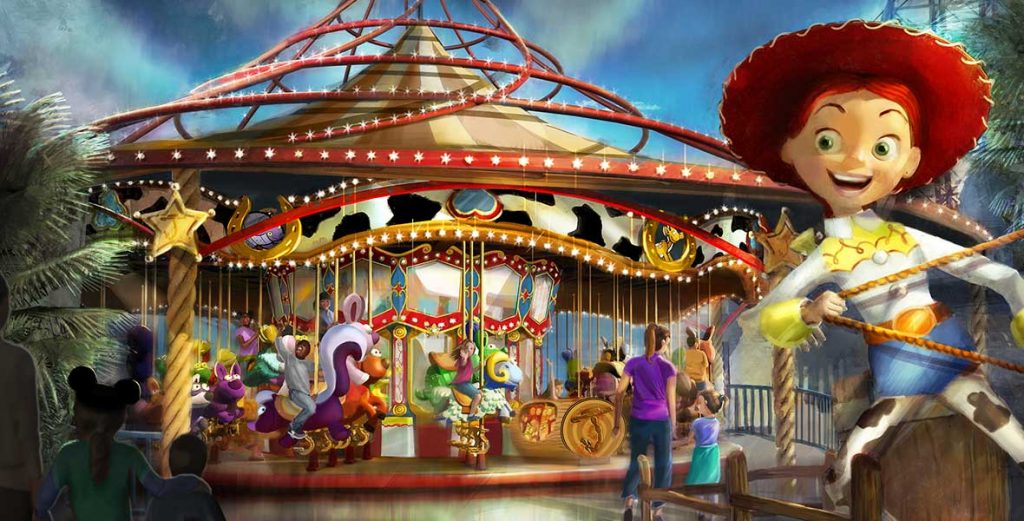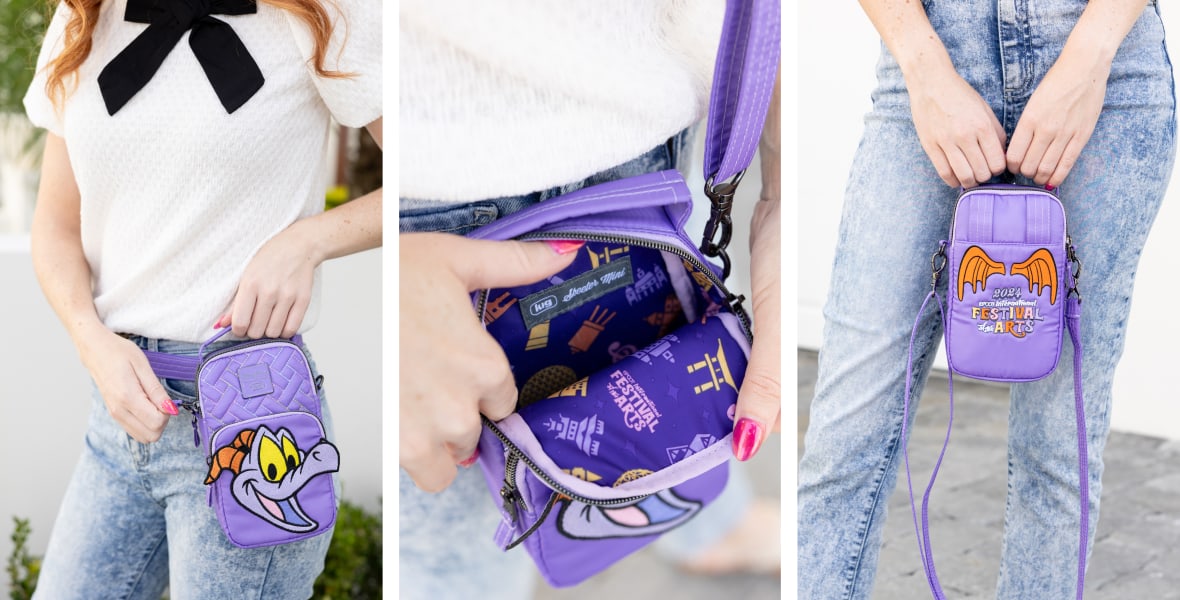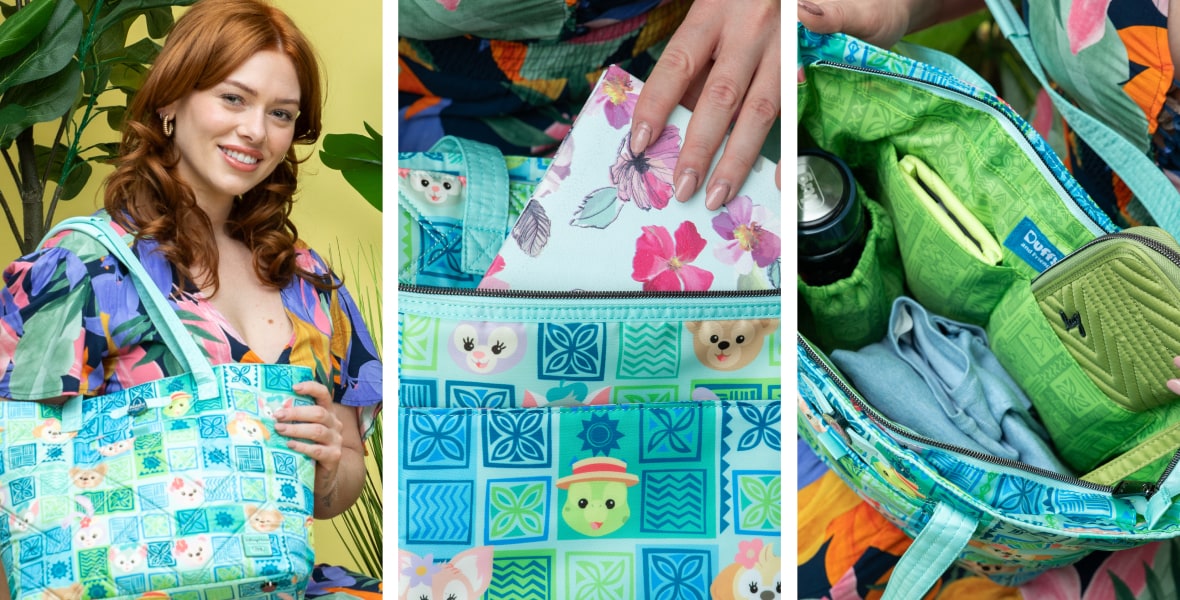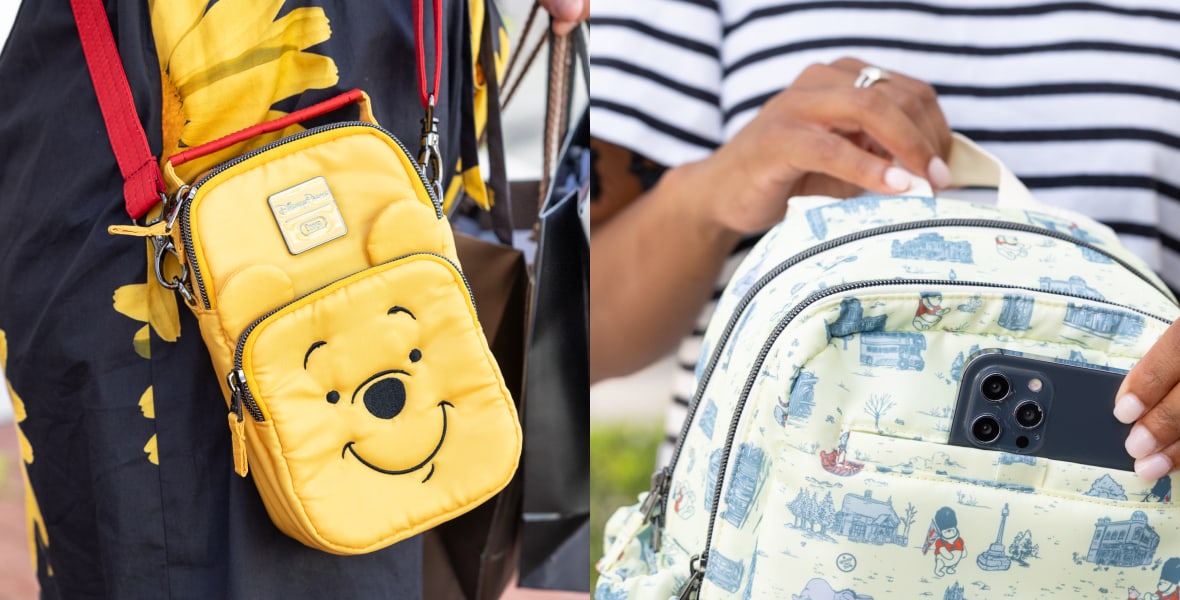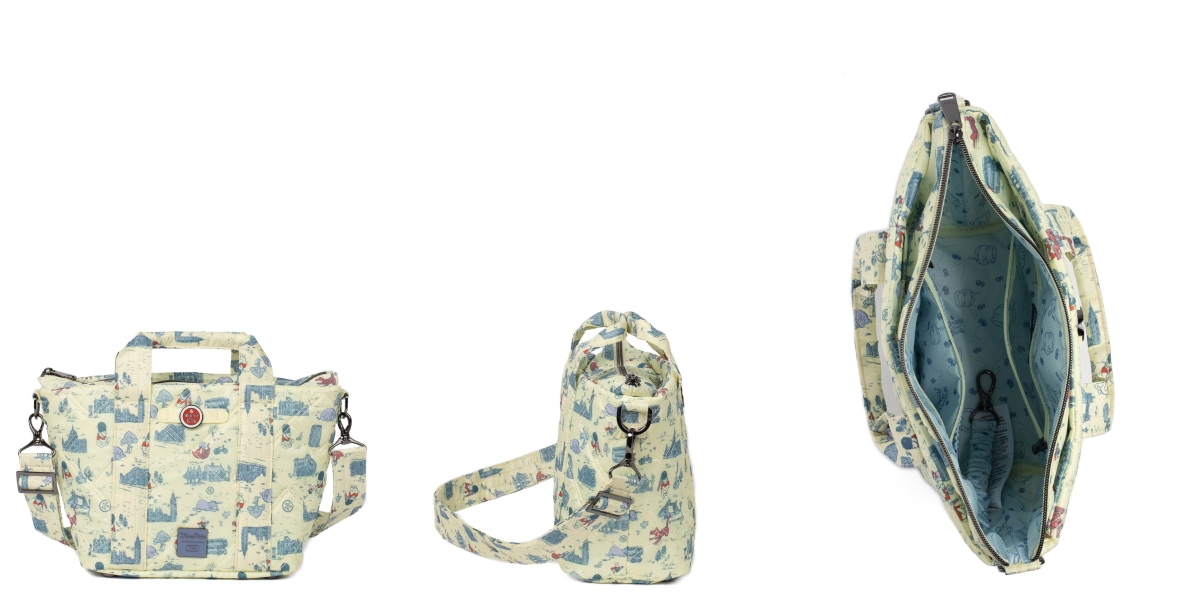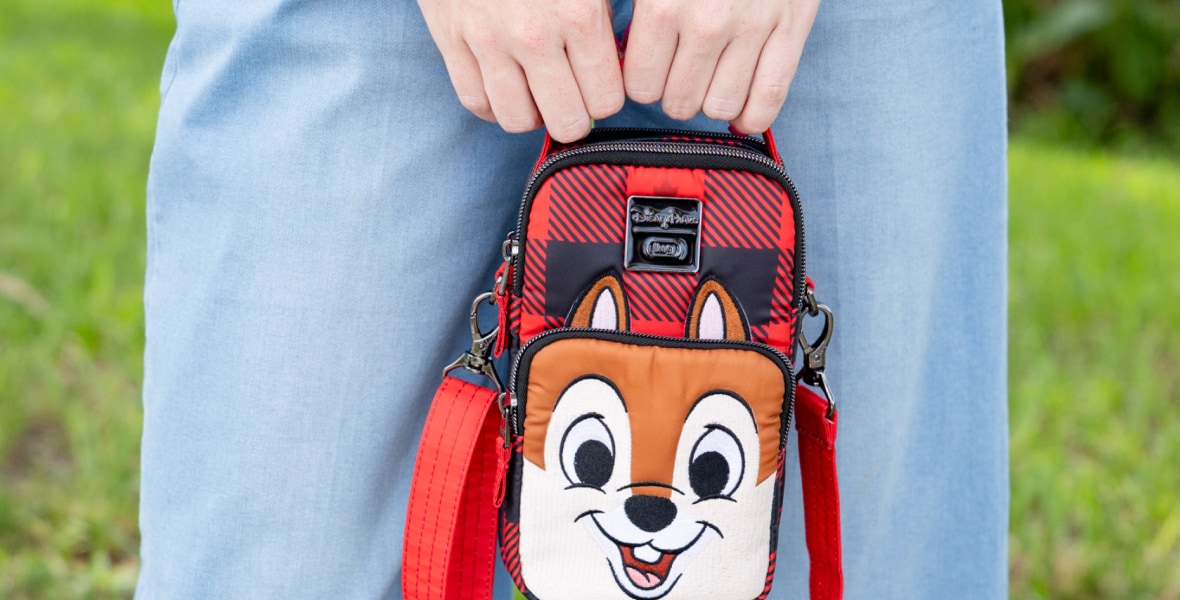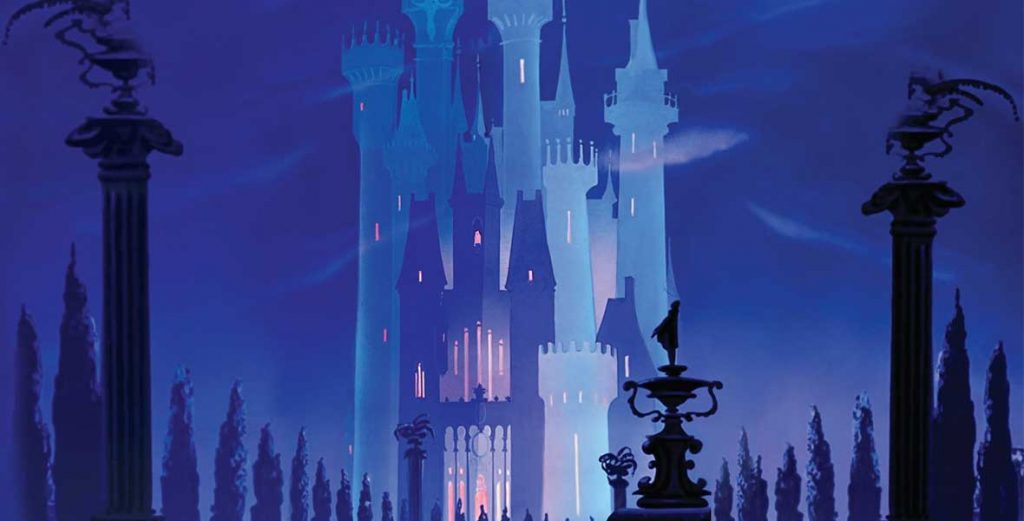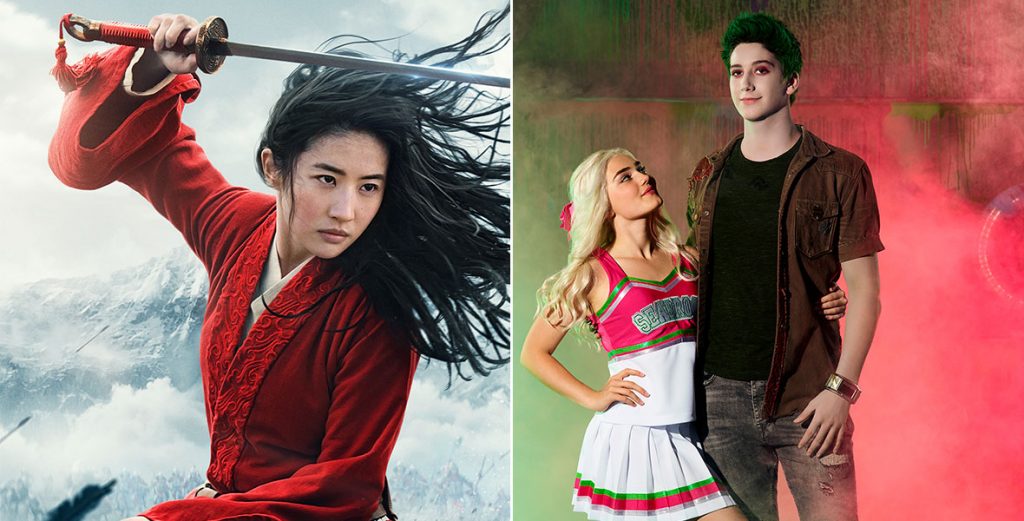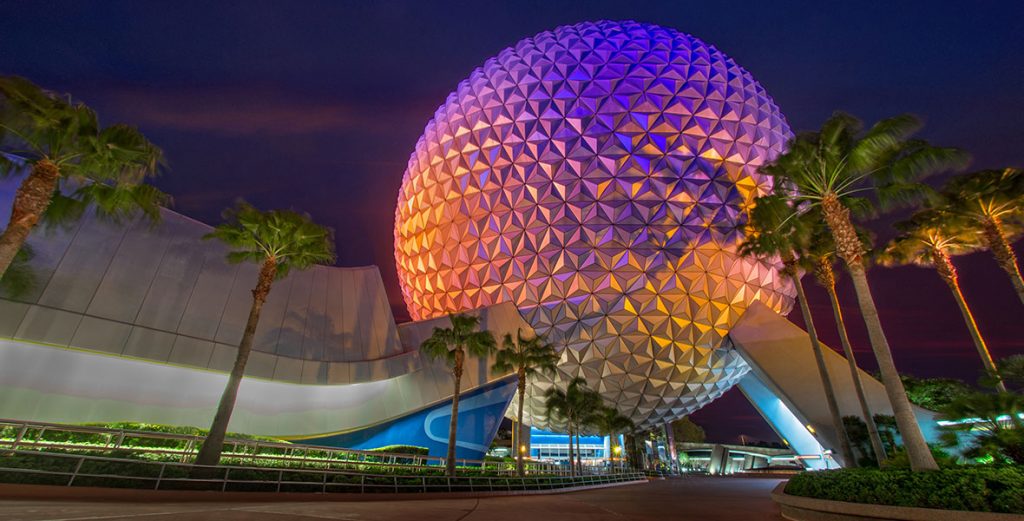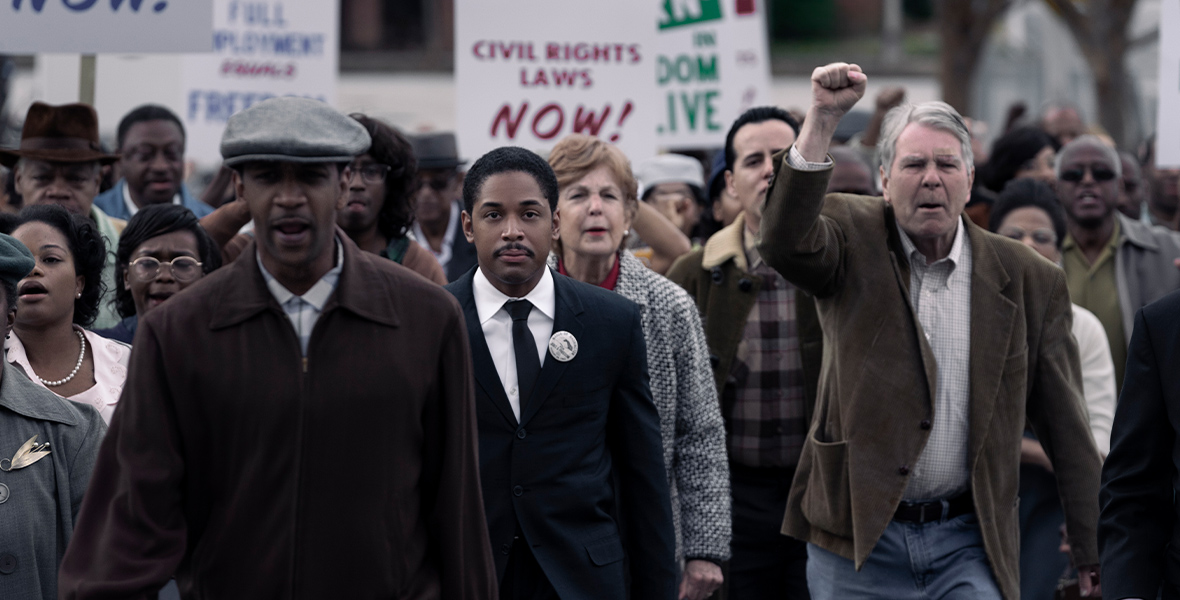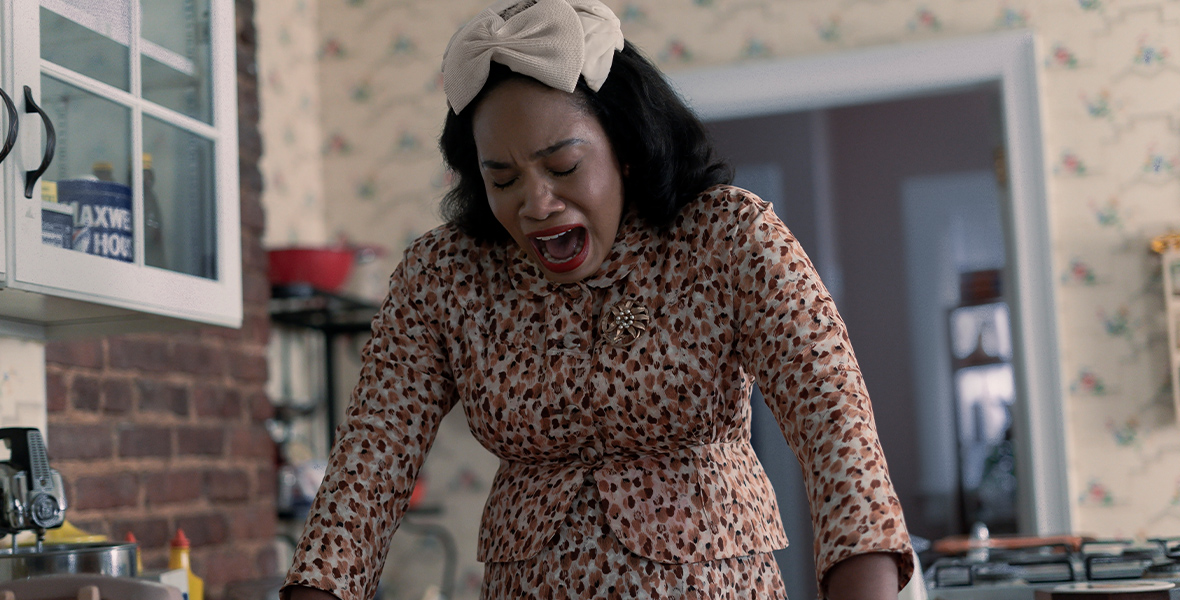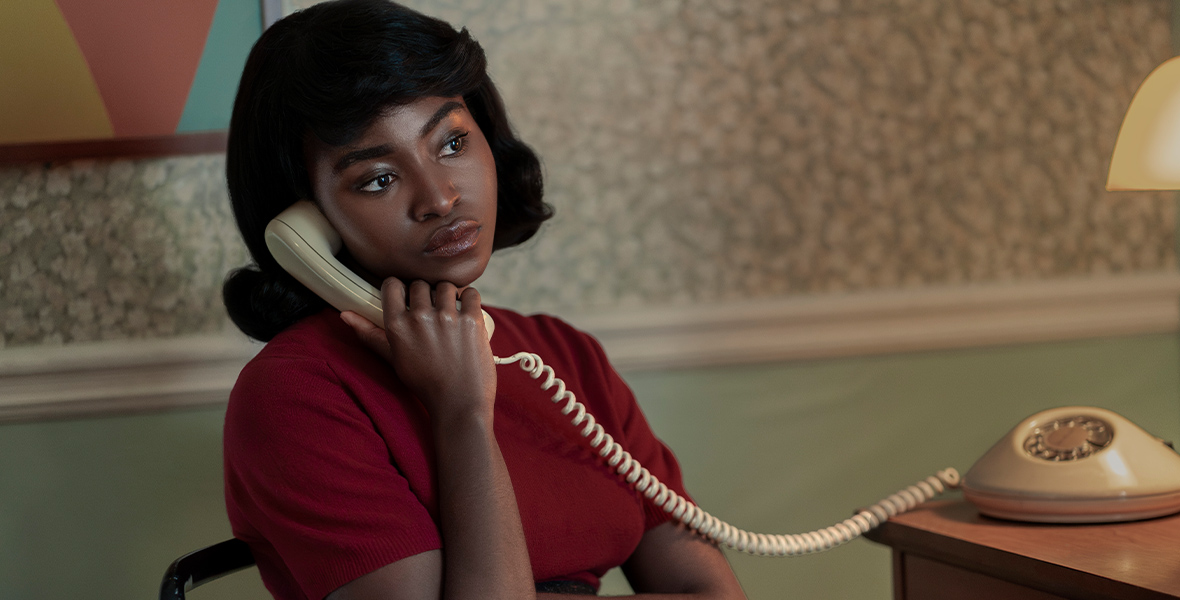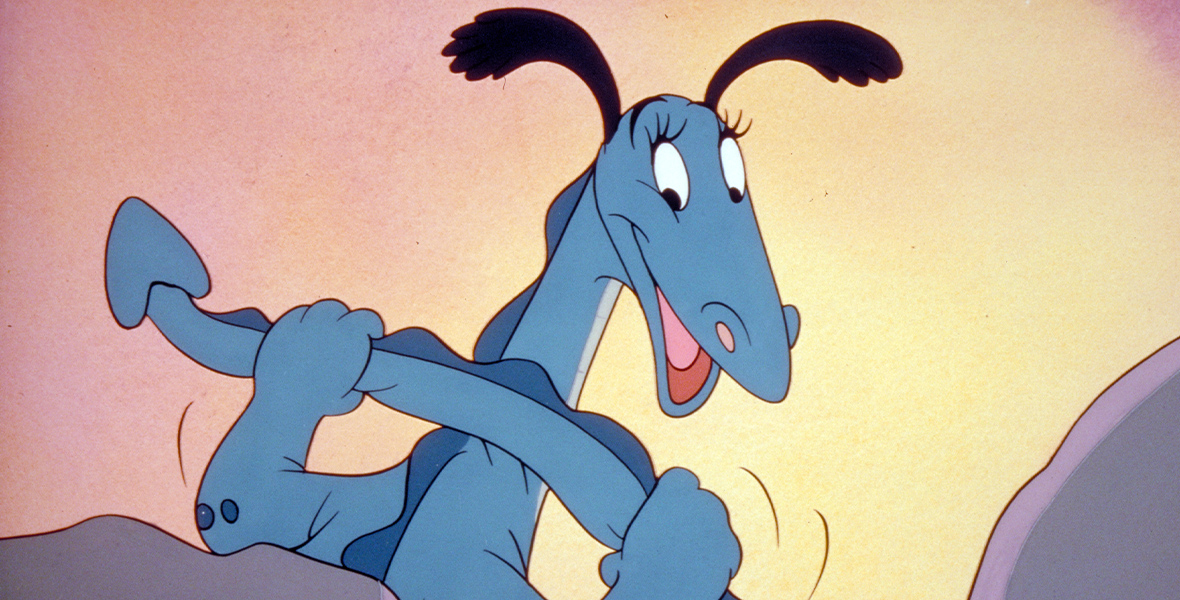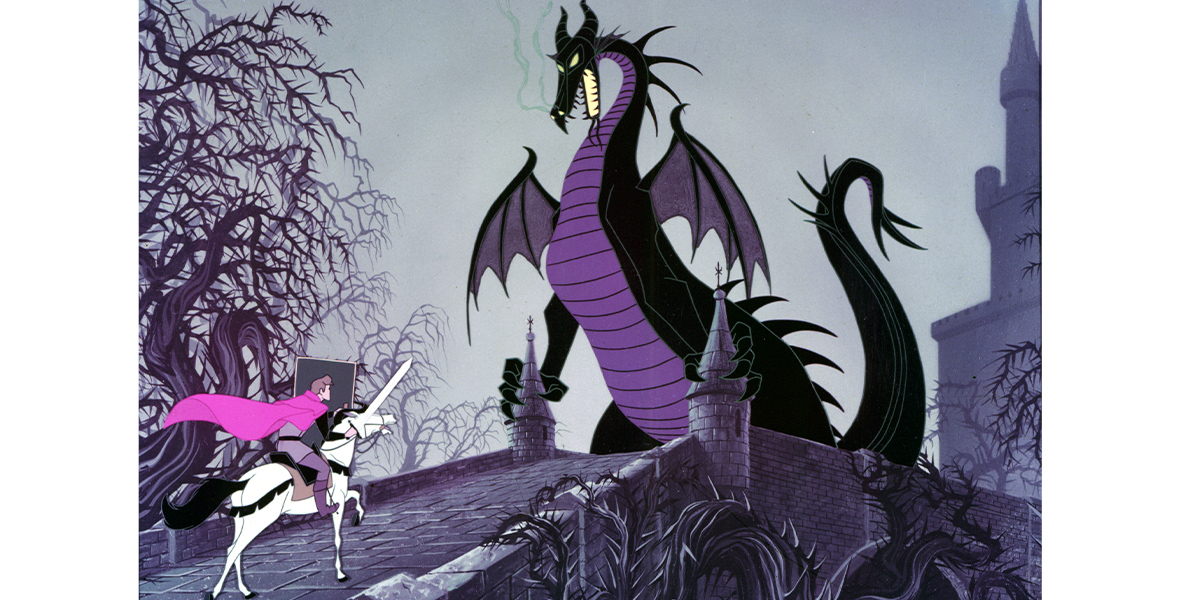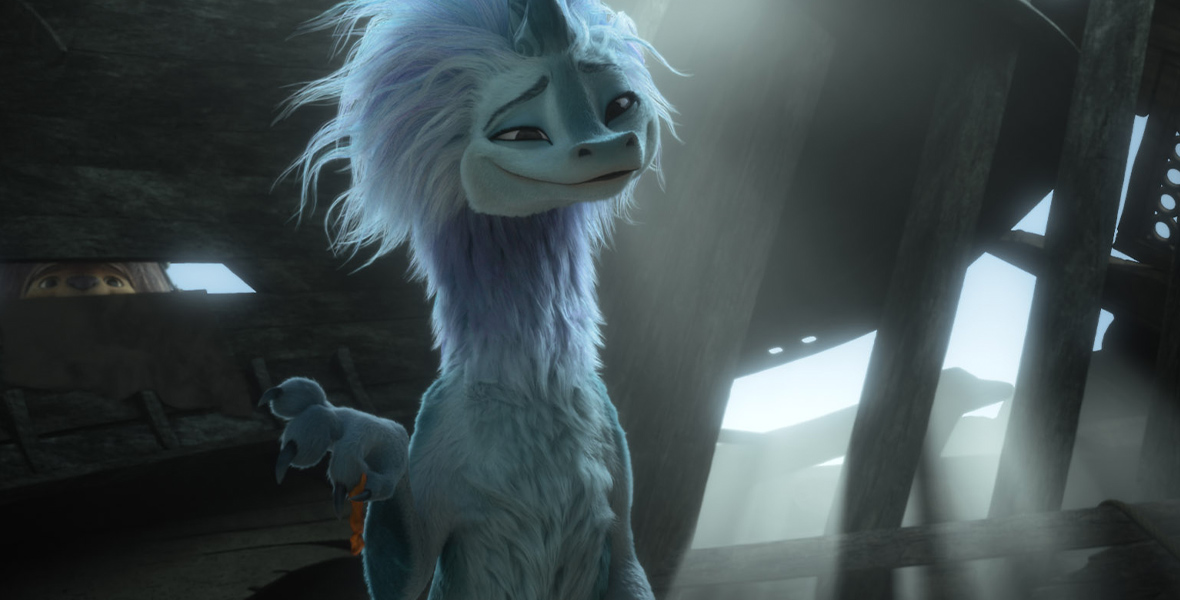By Bruce C. Steele
With an abundance of characters, color, and creativity, Pixar Place Hotel opened Tuesday at Disneyland Resort, officially marking the transformation of the property previously known as Disney’s Paradise Pier Hotel. At a sunny grand opening ceremony Tuesday morning, January 30, in front of the complex, Disneyland Resort President Ken Potrock called the event “a milestone that has been years in the making, [creating] the first completely dedicated Pixar-themed hotel in the United States.”
The 15-story high-rise overlooks Disney California Adventure Park and boasts comfortable and contemporary guest rooms that celebrate the artistry of Pixar Animation Studios; new dining options by Great Maple; a relaxing rooftop pool area and play court; a renovated fitness center; and much more. In a collaboration involving Disneyland Resort, Walt Disney Imagineering, and Pixar Animation Studios, the hotel displays character artwork, concept renderings, and other Pixar touches throughout, celebrating beloved films such as Finding Nemo, Inside Out, and Soul.
“It’s amazing being here,” said Pete Docter, Chief Creative Officer at Pixar Animation Studios, at the opening ceremony. “I was lucky enough to start at Pixar in 1990 when we were working on the very first Toy Story, and I can tell you, 27 films later, we would never have dreamed that someday there would be a hotel dedicated to the artwork of Pixar. For those of you who are into the creative process, I think you’ll be really happy. This hotel celebrates that. You get to see rough drawings, color studies, animation sketches, [and more]. It really feels like you’re walking into Pixar.”
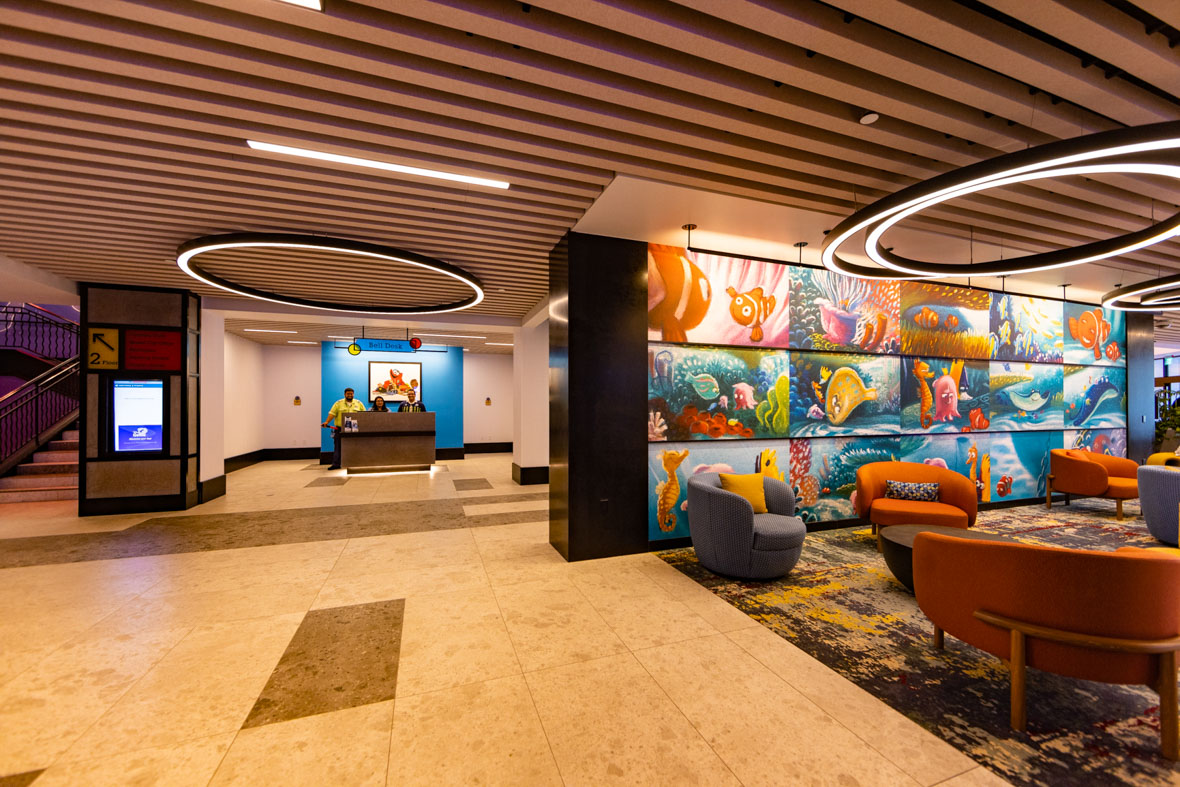
Pixar Place Hotel is designed to evoke the inspiration and humor in every Pixar film, while celebrating the artistic process. Through archival artwork from Pixar’s vaults, beautiful reproductions of original artist renderings, and countless décor elements, the hotel evokes memorable moments from Pixar stories, from floor to ceiling.
That’s especially true in the lobby atrium, which “really is the welcome moment for all of our guests coming to the hotel,” said Kirstin Makela, Art Director at Walt Disney Imagineering, standing in the atrium beneath a giant mobile that represents Pixar characters in simplified shapes and familiar colors—illustrating the early stages of character development.
“We really wanted to have a dynamic play of light, color, and music to bring that sense of inspiration to the space,” Makela explained, noting that the original score for the hotel, woven with elements of Pixar songs and scores, is now accessible through most music streaming services.
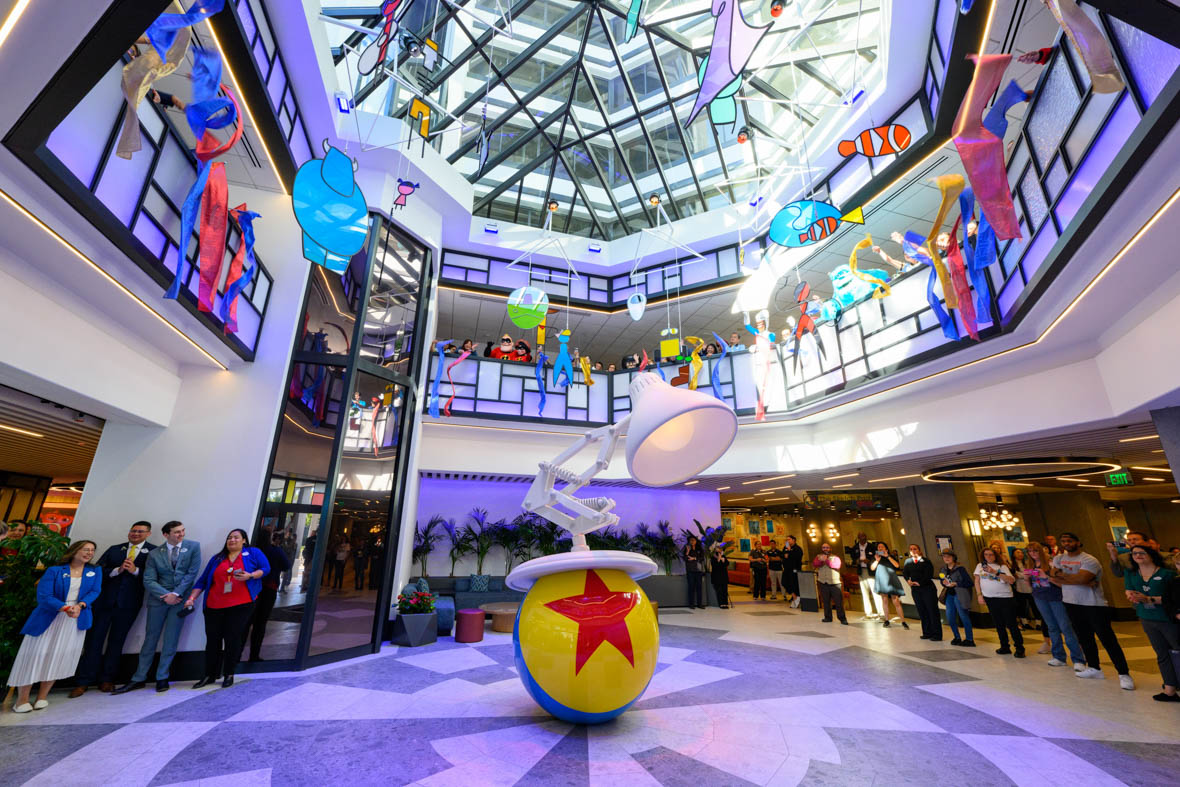
The centerpiece of the lobby is the oversized sculpture of Pixar’s iconic lamp atop the familiar yellow Pixar ball with its blue stripe and red star. “The pose you see here—with the lamp and the ball together, bouncing together—is brand-new [and unique] to the hotel,” Makela noted. Also featured in the lobby are original character maquettes from Finding Nemo, on loan from Pixar’s own Animation Research Library. Guests will also want to look to the floor, where medallions in the shape of Pixar characters are scattered randomly throughout the spaces, challenging fans to hunt for all 16 of them.
The rear lobby, where many guests will enter from the parking deck, was also thoughtfully themed. “Walt Disney Imagineering actually took special care with this lobby,” explained Megan Cerda, Senior Graphic Designer, Walt Disney Imagineering. “We knew that the majority of our guest visits to Pixar Place Hotel actually start through this entrance, as they begin their journey at Disneyland Resort. So the décor of the rear entrance is inspired by character design development.” The oversized art on the walls consists of accurate reproductions of actual Pixar artists’ sketches, followed by images of various characters’ initial computer models, called “wire frames.” When guests reach the main lobby and check-in area, they’ll see fully rendered characters, “so it’s actually a wonderful stepping-stone of process,” Cerda said.
Just off the lobby is a new retail shop, STOR-E—the name a nod to WALL-E—with artwork inspired by moments from other Pixar films, such as the scuba mask from Finding Nemo, the balloons from Up, and Hank’s coffee pot from Finding Dory.
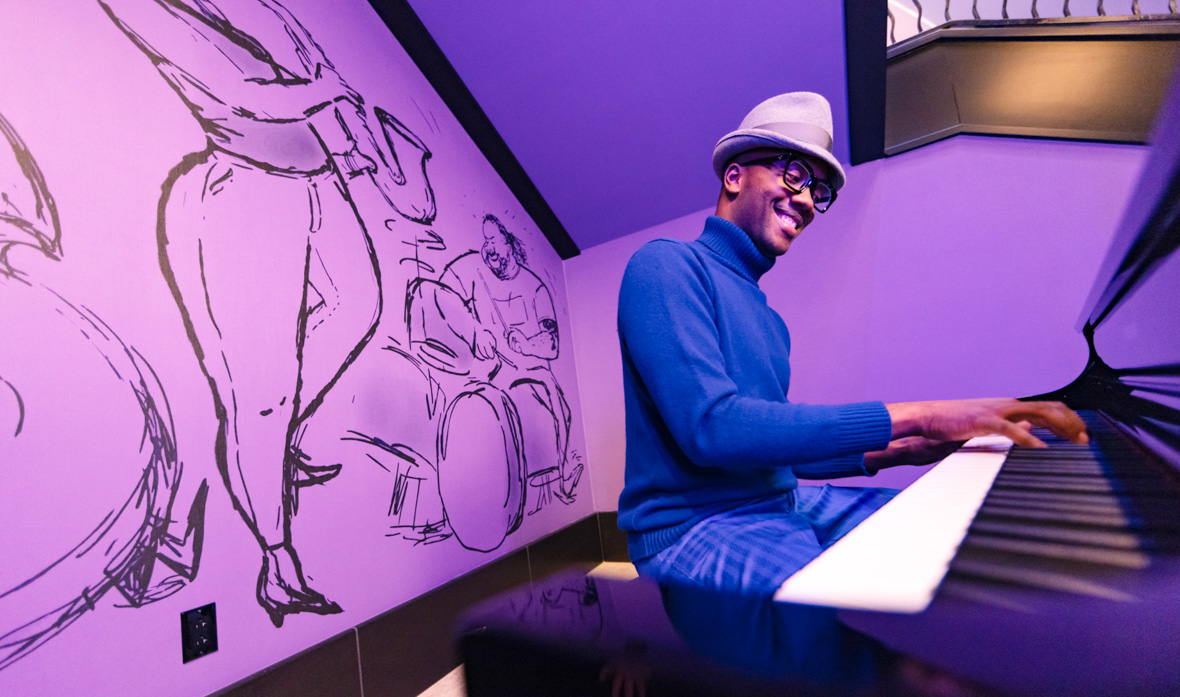
The lobby is also where guests may encounter Joe Gardner from Soul, live and in person, sharing some of his favorite jazz standards on a piano beneath a winding stairway that recalls scenes from the film in more ways than one. “Joe is appearing five days a week, our afternoon and evening entertainment,” shared Tracy Halas, Creative Director, Disney Live Entertainment. “As we know, he likes to get lost in the music. So, he plays some of his favorite jazz songs and also engages with guests to learn what their passion is, what their spark is, what makes them happy.”
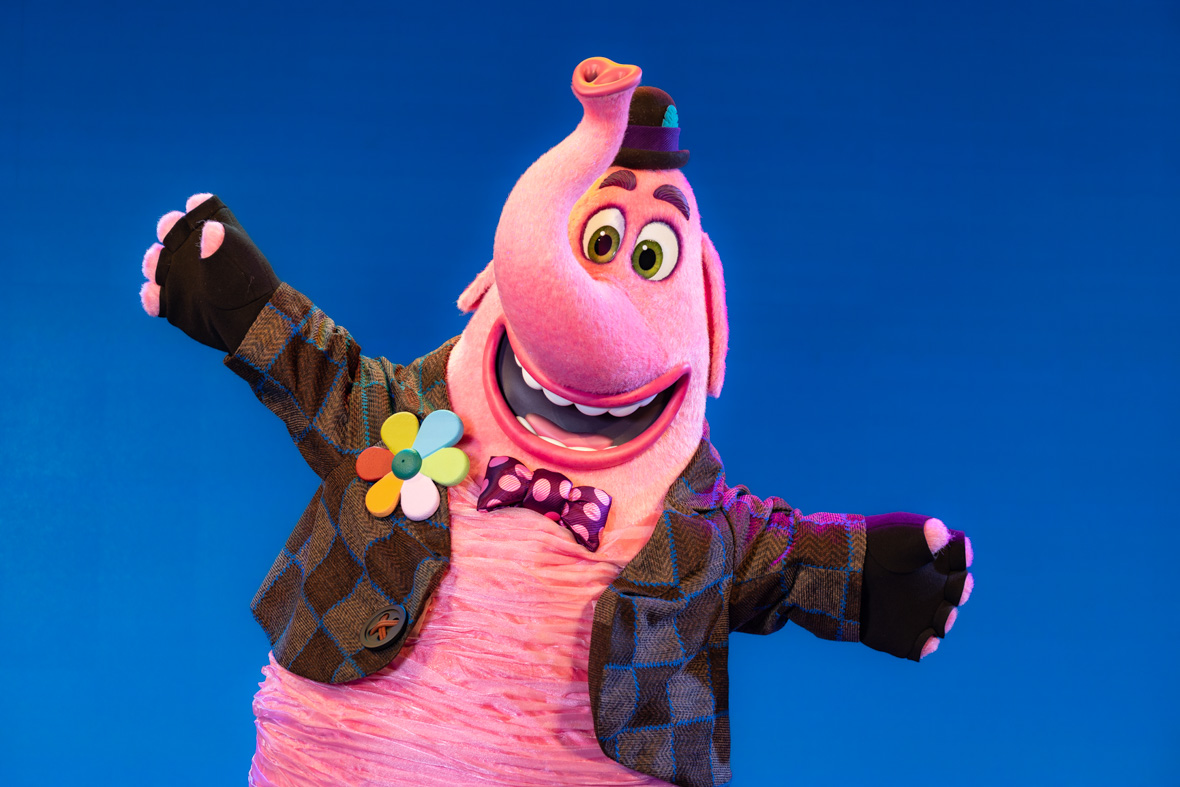
In the daytime, seven days a week, another Pixar character will interact with guests. “In the spirit of the first fully Pixar-themed hotel in the United States, we are also making the worldwide debut of Bing Bong [from Inside Out], appearing here for the first time ever,” Halas said. Bing Bong will meet guests on the pool deck level, weather permitting.

The Pixar theming is hardly limited to public areas. From the concept art on the headboards to a cylindrical throw pillow on each bed, inspired by the Pixar ball, the reimagined guest rooms incorporate their own whimsical nods to the animation studio. Above each bed is a mural of memorable moments from seven Pixar films, each with a different dominant color and all arranged in a “kind of rainbow effect,” from warmer colors on the left to the cooler colors on the right, explained Tami Empero, Interior Design Manager, Walt Disney Imagineering. “Everything else, we wanted to play more of a supporting role. So you’ll notice the [all-white] bedspread has the Pixar ball on it, but it’s subtle. And if you look down at the rug, you’ll see [a simple graphic representation of] the lamp.” In many rooms, the Pixar lamp is also reproduced as a full-size, fully functional desk lamp.
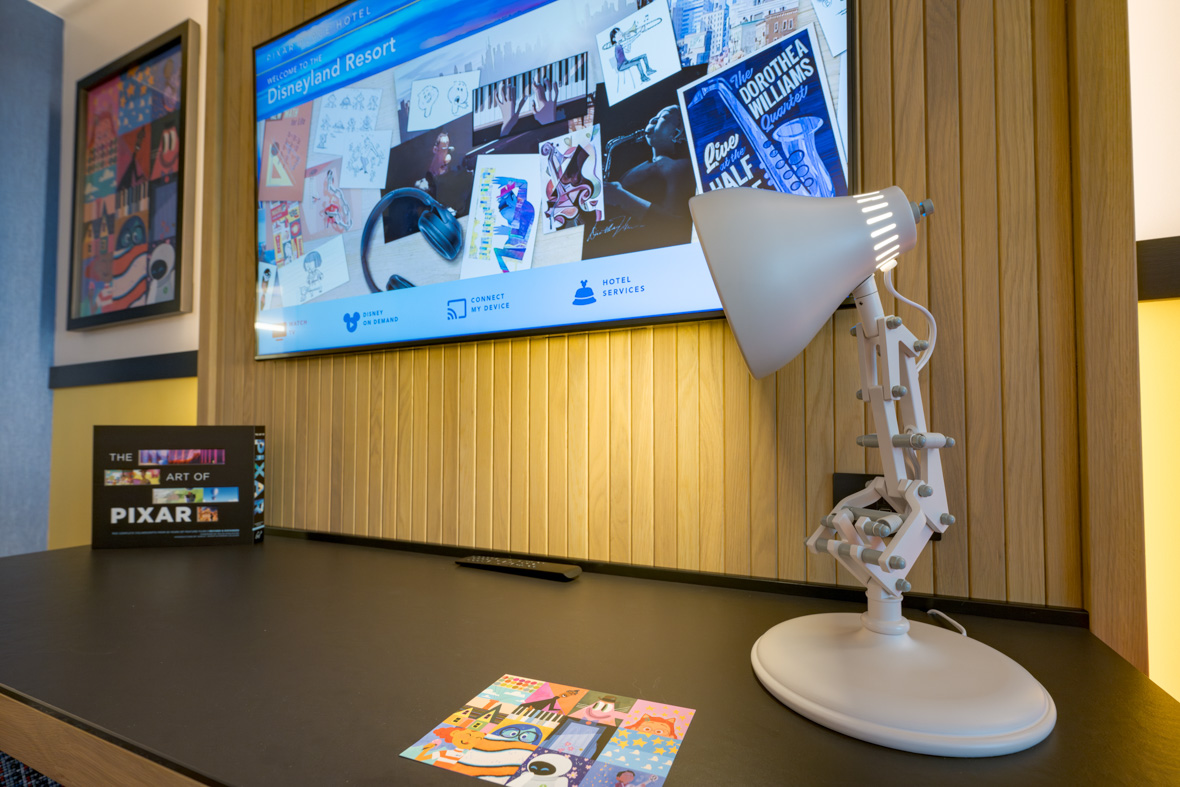
The luxurious Pixel Suite, with floor-to-ceiling glass windows and doors opening to private patios on the pool deck, also includes a display of original Pixar maquettes of characters from Ratatouille. The suite also features a king bedroom with a generously sized bath that has both a grand glass-enclosed shower stall and a deep “soaking tub,” a kitchen and dining area, and a living room area with a sofa that can be transformed into a double bed.

In the expanded fitness area, Mike and Sulley from Monsters University can be spotted on treadmills in a mural that takes up most of one wall. Guests can also enjoy the colorful new pool area, where family members can ride down the 186-foot-long Crush’s Surfin’ Slide; lounge around or splash in the Pixel Pool; and frolic in Nemo’s Cove, a pop-jet splash pad featuring Finding Nemo’s Hank, Squirt, Dory, and Marlin. Guests may choose to rent private daybeds, cabanas, or pods in the daytime, or relax at night around fire pits inspired by four of Pixar’s most “hotheaded” characters: Jack-Jack from Incredibles 2, the volcano from the Lava short, Ember from Elemental, and Anger from Inside Out. “They’re actual fire pits with real fire that come out of their heads,” noted Joey Caporaso, Senior Producer, Walt Disney Imagineering.

Guests can also watch the fireworks from the rooftop deck on select nights. “This is one of the best places in the resort, outside of the parks, to watch the fireworks,” Caporaso said. “We’ve never really celebrated that before. So on fireworks nights, we’ll play the fireworks music out here, and you can look out over Disneyland Park and watch the fireworks go off.”
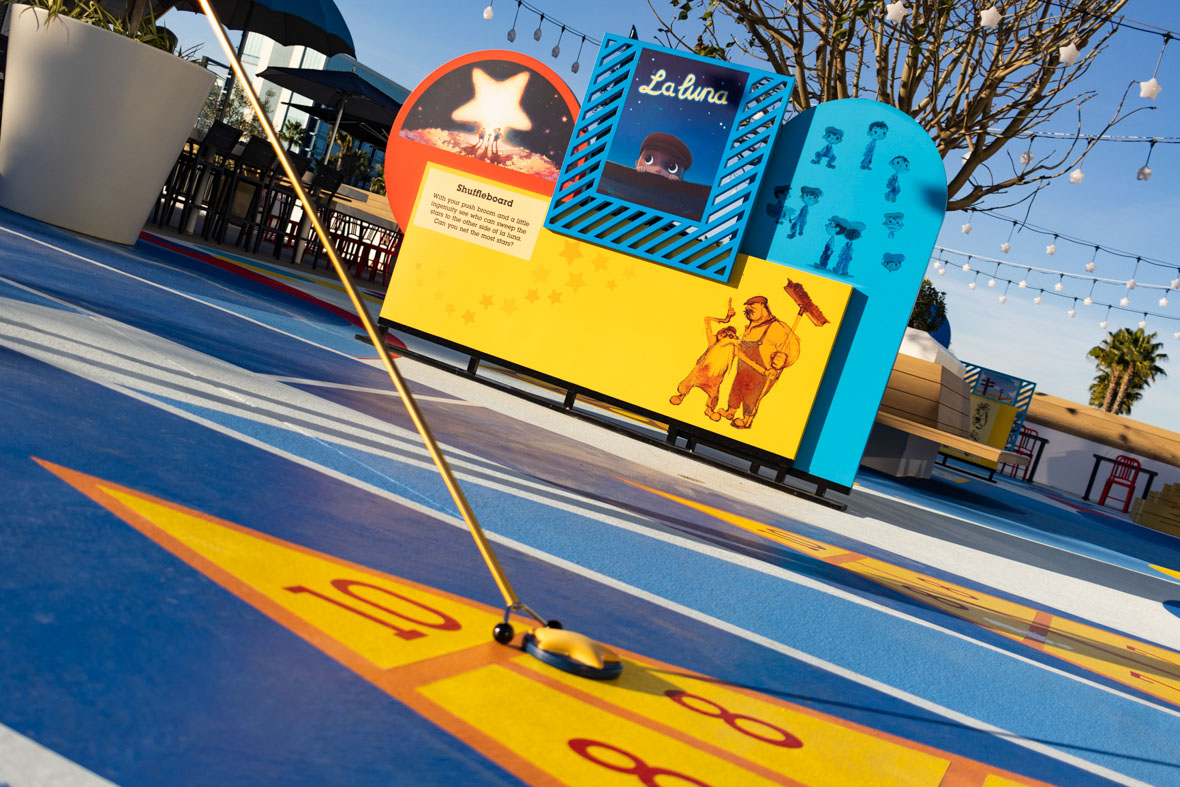
Also on the pool level is the Pixar Shorts Court. “This is a place where we celebrate all the Pixar shorts,” Caporaso explained. “We do that through games.” The shuffleboard court, for example, is themed to the short La Luna, while the cornhole-like beanbag toss recalls Bao. Other areas celebrate For the Birds and Burrow. Appropriately adjacent to the Pixar Shorts Court is Small Bytes, a rooftop bar (opening in early March) offering a selection of beverages, salads, wraps, cheese plates, and more, with nearby tables and chairs inviting guests to pause and enjoy these treats under the umbrellas from The Blue Umbrella.

In addition to Small Bytes, guests can savor elevated takes on American classics at two additional dining locations, all three operated by Southern California-based Great Maple. Accessible to hotel guests, local diners, and theme park goers, the 6,500 square-foot Great Maple restaurant on the ground floor serves breakfast, lunch, and dinner daily. Signature dishes include buttermilk fried chicken paired with maple bacon doughnuts, Cajun shrimp and cheddar biscuit benedict, and soda pop-braised baby-back ribs. The Sketch Pad Café, a grab-and-go lobby coffee shop, offers assorted pastries, coffee, and tea.
Great Maple will also provide food and beverage service to the Creators Club concierge lounge when it opens later this year. Located on the second floor, the Creators Club is rich in Pixar décor, specifically attraction posters, maquettes, and concept art—as well as music—from Pixar experiences in Disney Parks around the world.

When final touches are completed later this year, Pixar Place Hotel will have 479 guest rooms, including two new, two-bedroom signature suites. The colorful Coco Suite will pay tribute to Miguel and the Rivera family’s legacy through vibrant Oaxacan art, while the midcentury modern Incredibles Suite will feature Parr family memorabilia with a spy-fi twist. Overnight stays offer special Disneyland Resort Hotel benefits, such as early theme park entry and convenient park access.
The grand opening of Pixar Place Hotel was a satisfying culmination for Tasha Sounart, Theme Park Creative Director at Pixar Animation Studios. “This is a really exciting day for us, because we’ve been working on this for three years now—so this is a great achievement for our team,” she said. Team members from Pixar, Walt Disney Imagineering, and Disneyland Resort “were very in sync with our vision throughout this project. We really wanted to present the whole filmmaking process and [highlight how] Pixar films are a combination of storytelling and artistry and technology. So, bringing all three of those together, into this space, was a key goal for all of us. Also, it was just a really fun job to be able to curate all of the artwork that you see in all these spaces and create some new artwork—to try to present Pixar films in a way that hopefully you haven’t really seen before.”
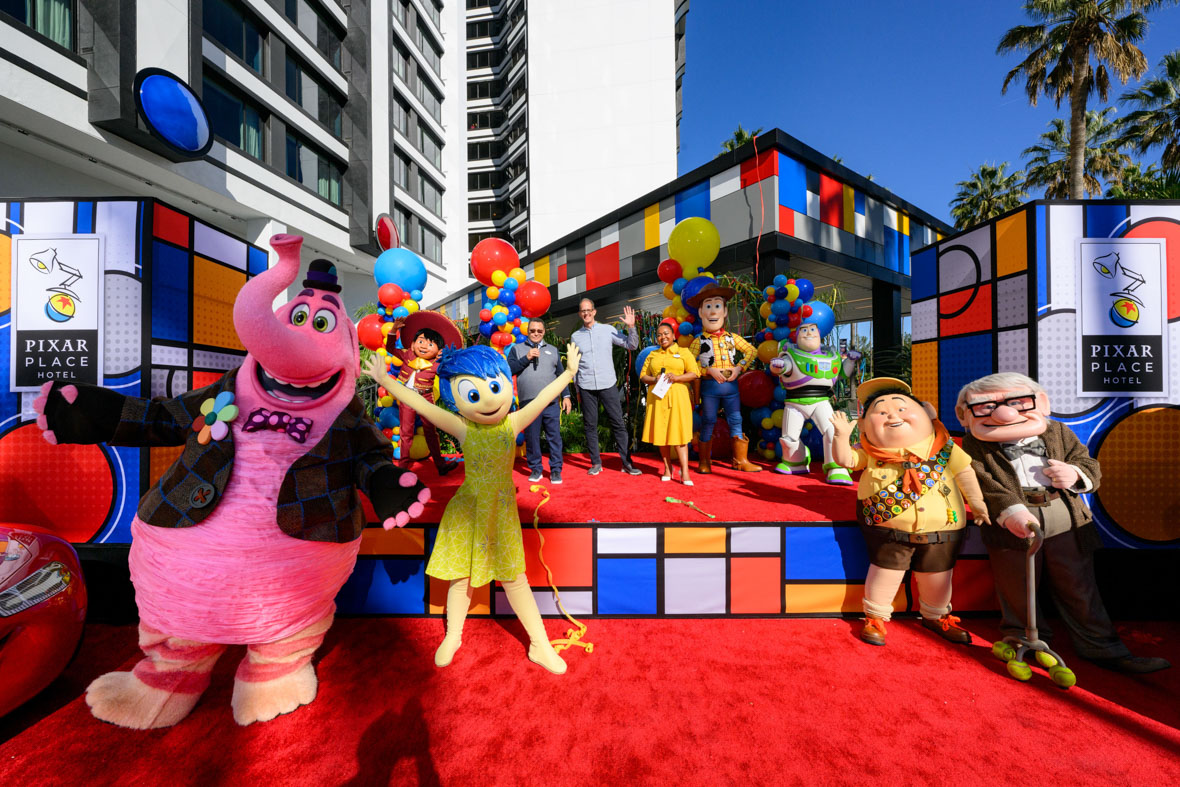
Pixar Place Hotel is one of many ways guests can experience Pixar storytelling across Disneyland Resort this year. From April 26 through August 4, the Pixar Fest celebration returns with the all-new “Better Together: A Pixar Pals Celebration!” daytime parade at Disney California Adventure Park, the heartwarming “Together Forever – A Pixar Nighttime Spectacular” at Disneyland Park, colorful décor across the resort, and more.



